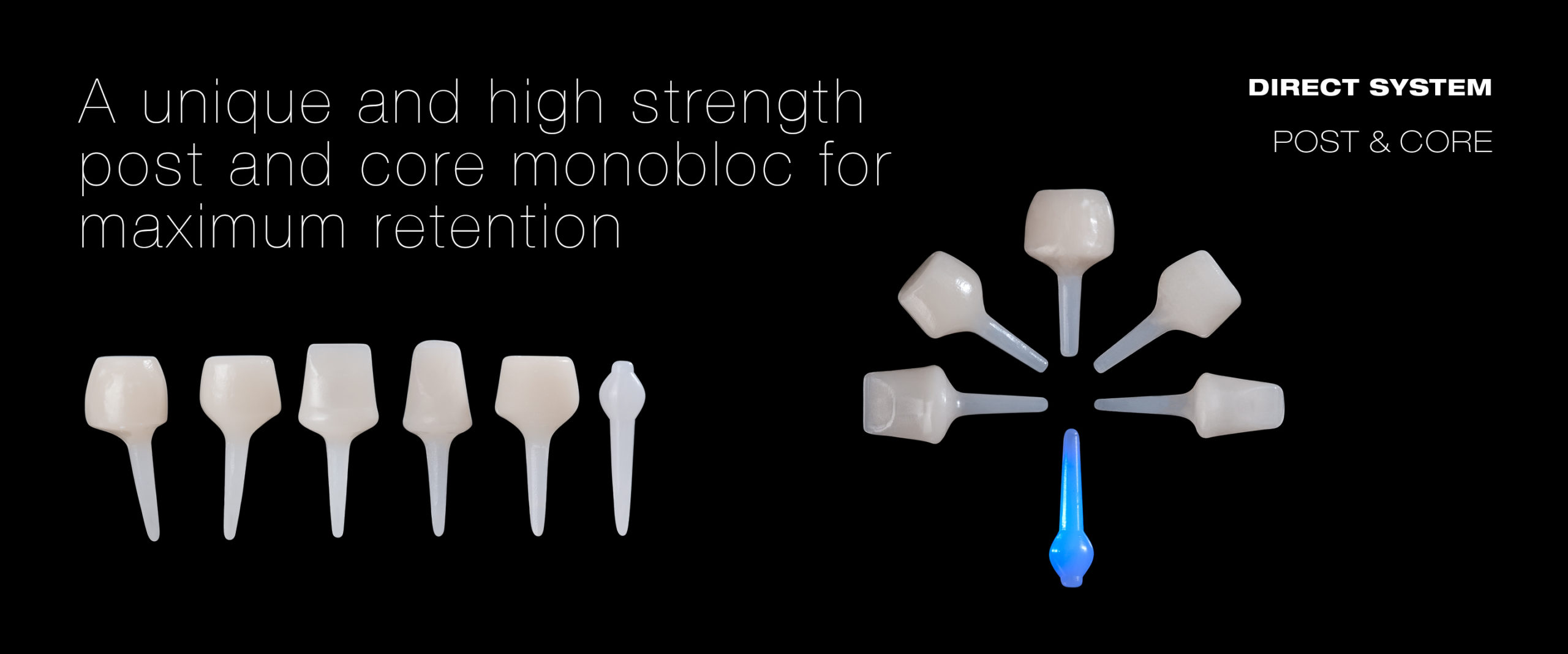- ADVANTAGES
- PRODUCT RANGE
- CLINICAL CASE
- STEP BY STEP
- TECHNICAL DATA
- Pediatric Crown Brochure
- keyboard_arrow_up
The edelweiss POST & CORE system is a laser sintered monobloc, designed to prevent the wedging effect. The posts have a conical shape for perfect post space adaptation. The translucency of the fibre free post, supported by the lens design, allows uninterrupted light transmission for complete polymerization. The adhesive bonding also avoids the wedging effect. The preparation of the core has a similar feel to that of the natural tooth and makes handling easier. The opaque buildup in A1 also offers various anatomical forms. It is possible to carry out the treatment in just one ses-sion, which is both time and cost effec-tive for patient and dentist alike.
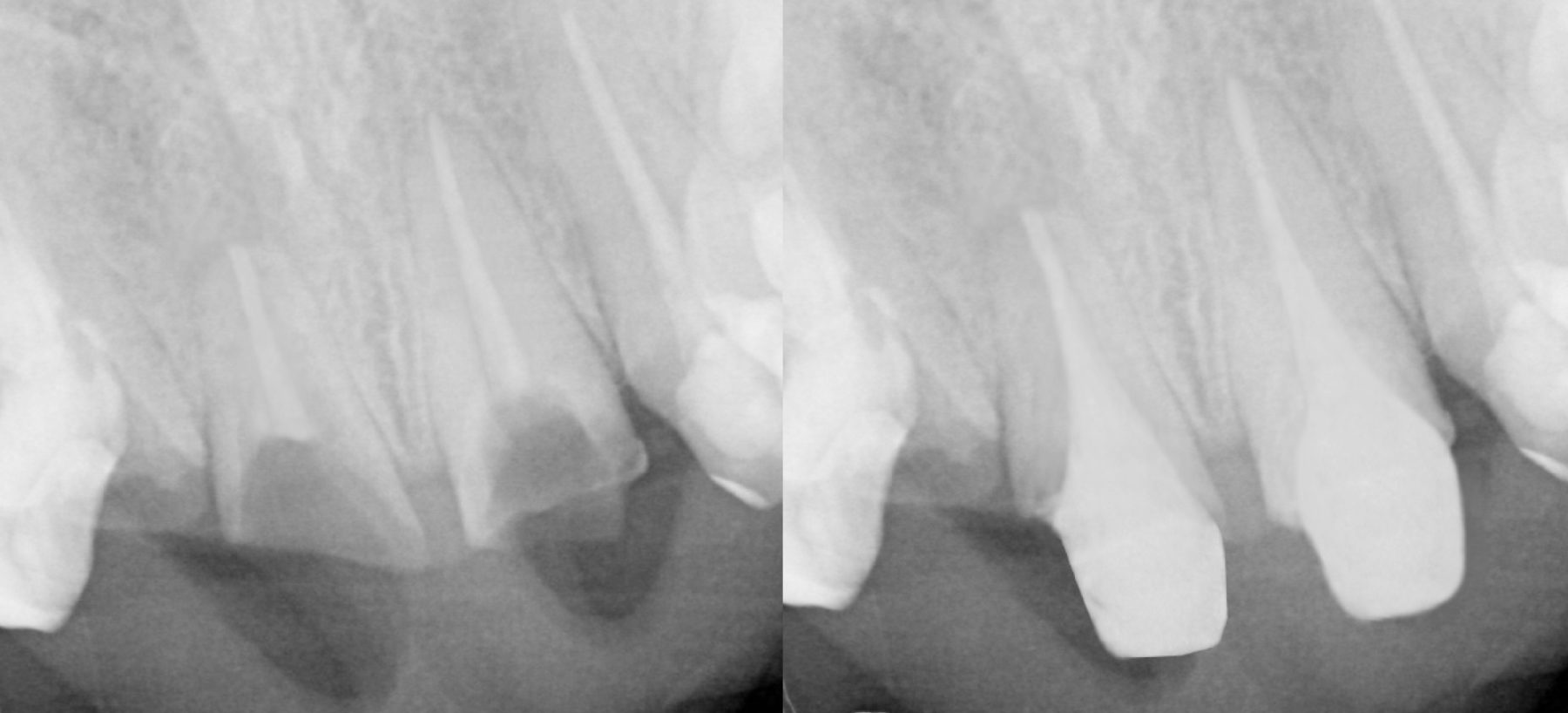
SIMPLE AND QUICK
The edelweiss POST & CORE system is a simple and a quick solution for all your post-endodontic needs. The one-piece composite POST & CORE can be customized as per the needs of the tooth with a true monobloc effect. It is an ideal choice for rebuilding and strengthening broken down teeth. Cementation using edelweiss flowable composite, dual cure composite material or adhesive resin cement.
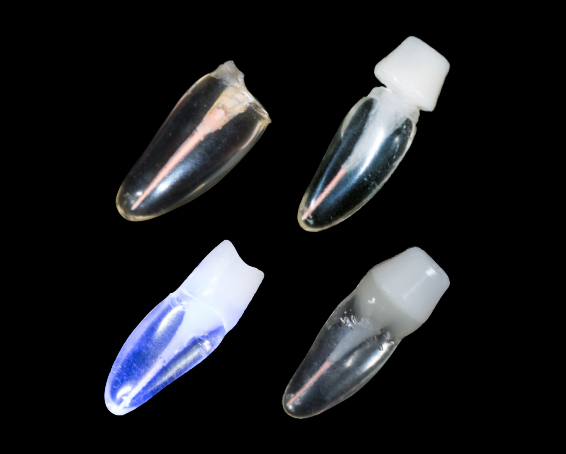
Optimised workflow reduces chairtime up to 40 percent
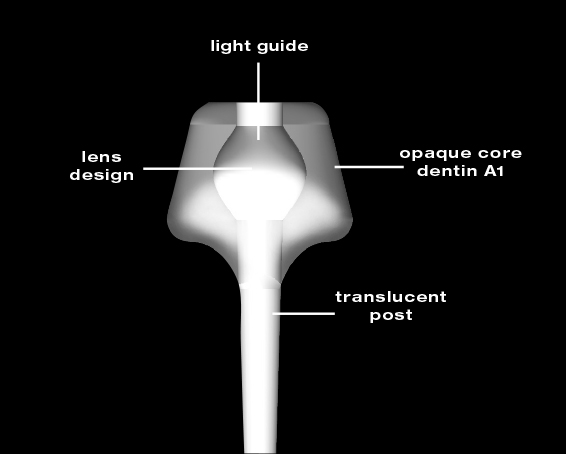
Demonstration of periapical light polymerisation
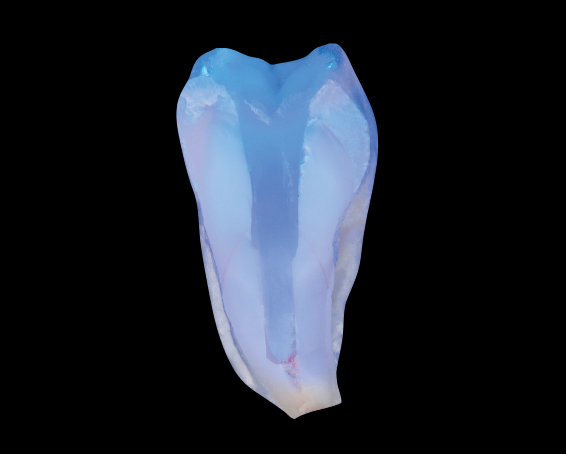
Translucent Post for periapical light polymerisation
ADVANTAGES
- Prefabricated POST & CORE
- Translucent post for periapical light polymerisation
- Innovative monobloc of post and core with A1 buildup for natural integration
- Monobloc avoids wedging effect
- Biocompatible
- Flexural modulus 20 GPa like Dentin (15 – 20 GPa)
- Radio-opaque
- Cuts like dentin
- Superior adhesion to the root canal
- One session, reduced treatment time
- Time and cost effective

Dr. Deepak Mehta
B.D.S, M.D.S, PhD
Bangalore, India
“The material of the edelweiss POST & CORE is barium glass, strontium and zinc oxide (antibacterial) embedded in resin. The crystals are sintered to a monobloc which leads to perfect mechanics within the material. The flexural strength is similar to that of natural tooth. Congruent precision dental drilling creates a perfectly prepared post space. Different sizes of drills enable therapy for all dental anatomies. There are three different types of the edelweiss POST & CORE: anteriors, premolars and molars.”
“The difference lies in the force buffer of the monobloc”
PRODUCT RANGE
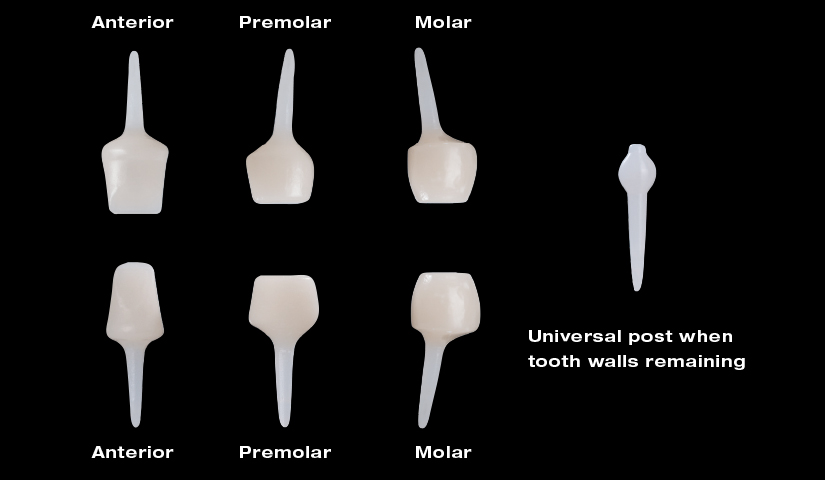
CLINICAL CASE
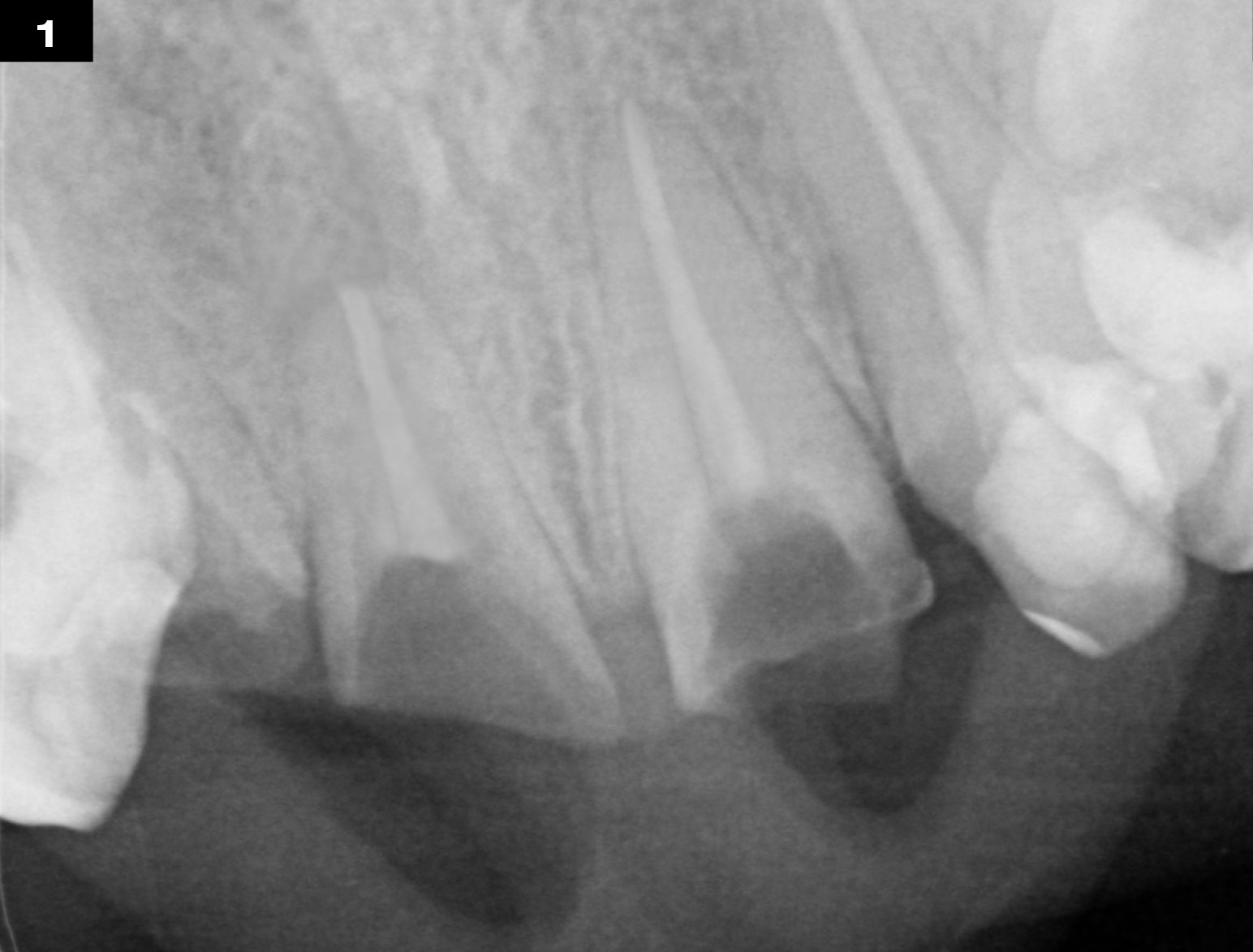
X-ray image: pre-operative x-ray showing root filling
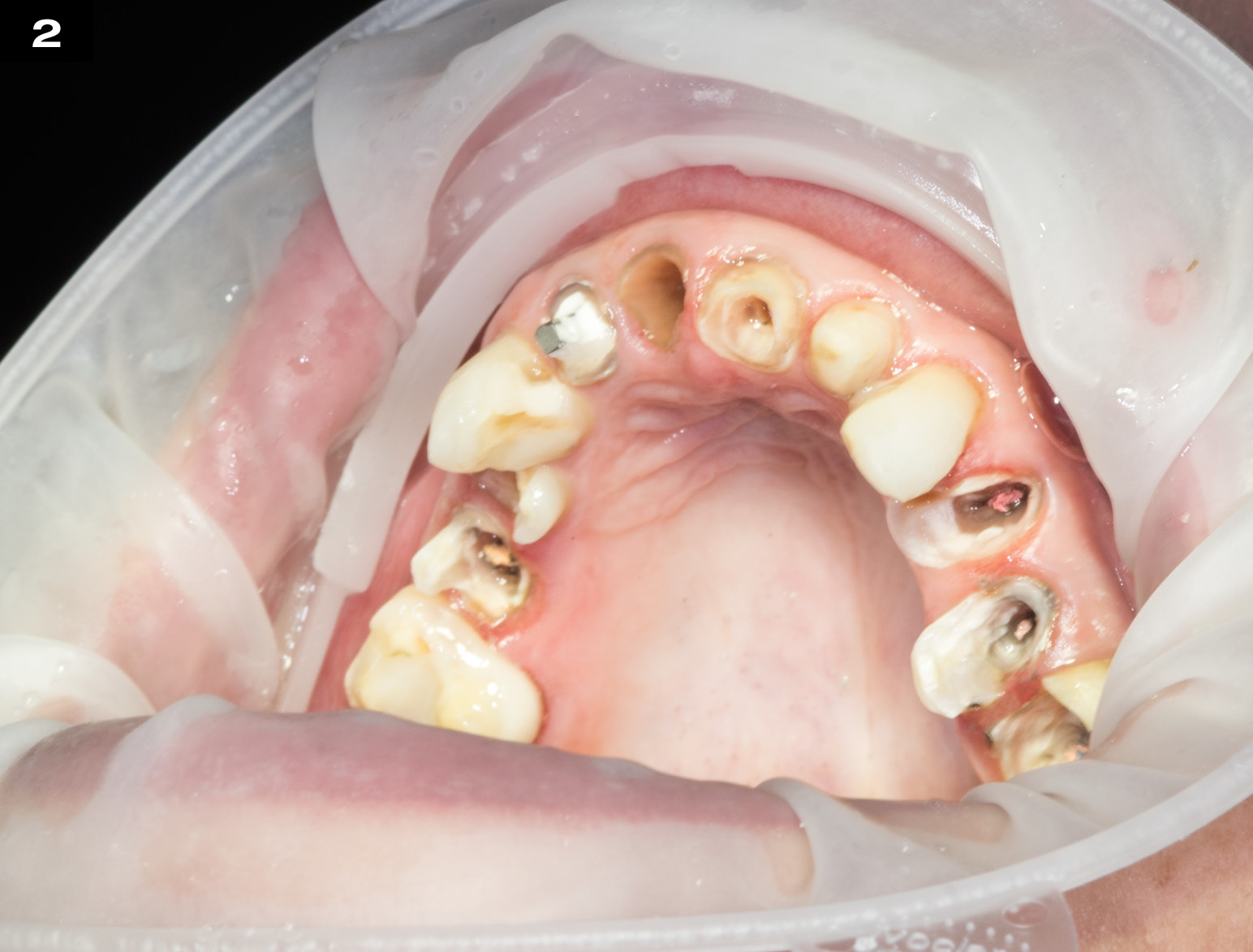
Caries excavation done and old restorations removed
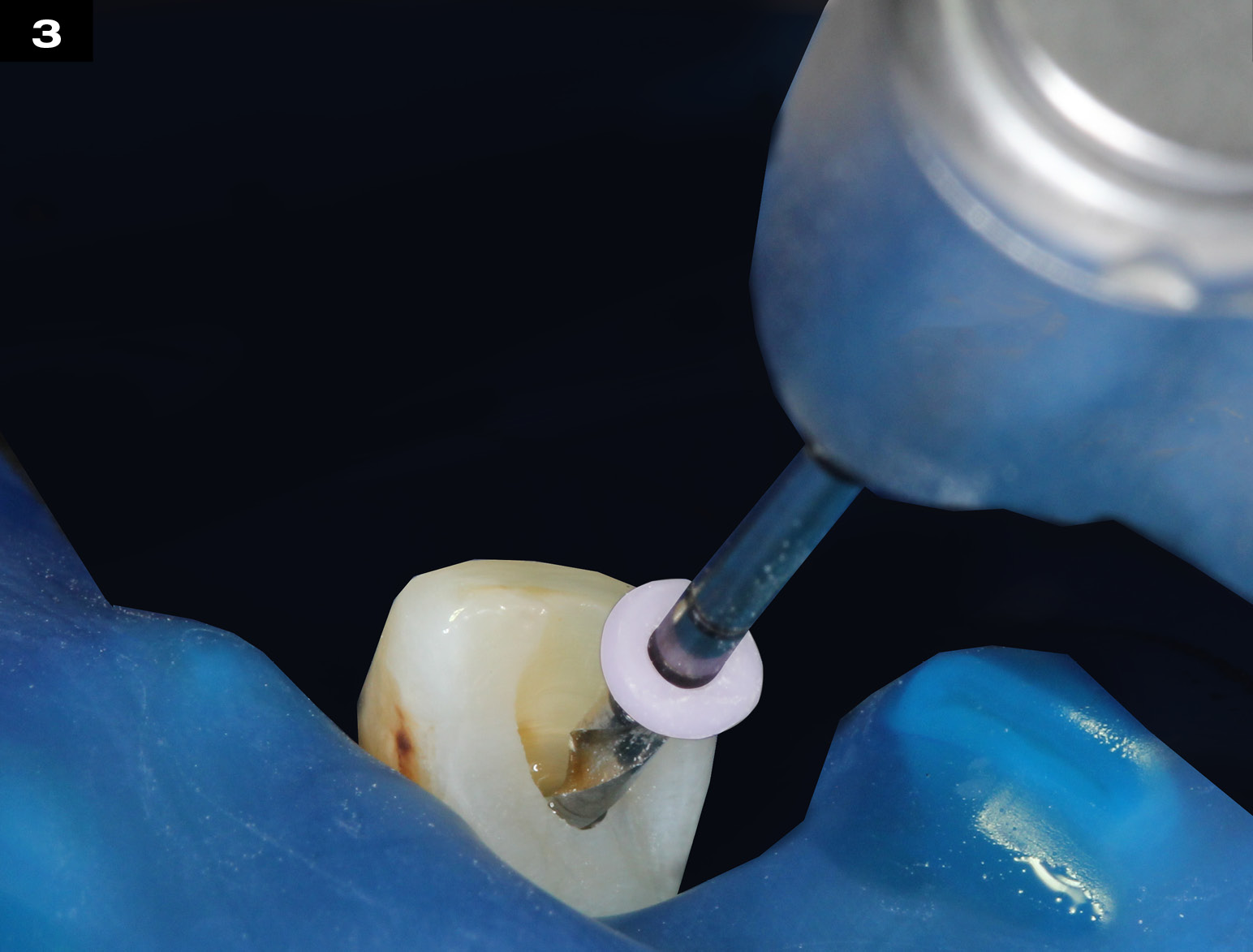
Precision post drill to prepare Post space
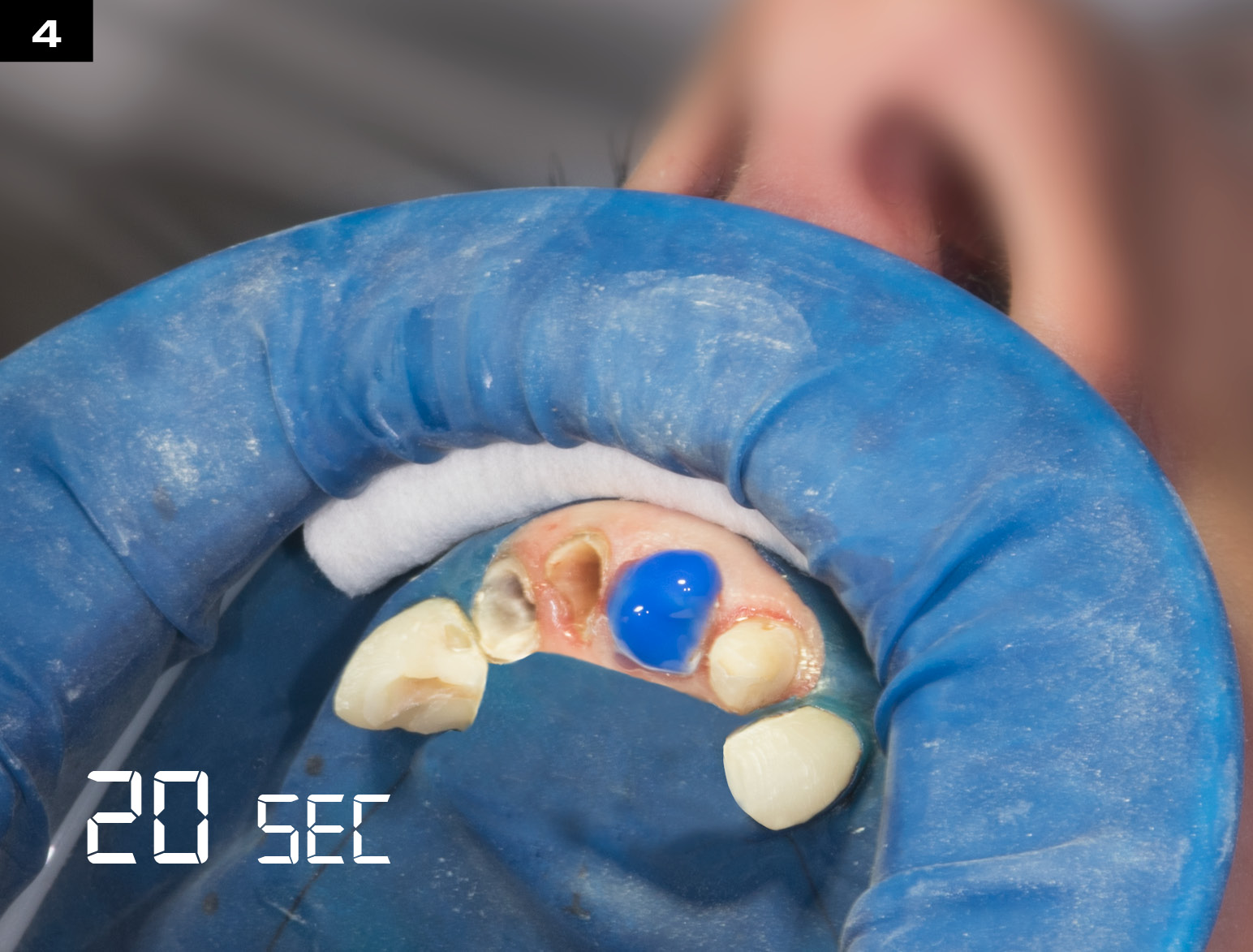
Etching with 37% phosphoric acid for 20 seconds
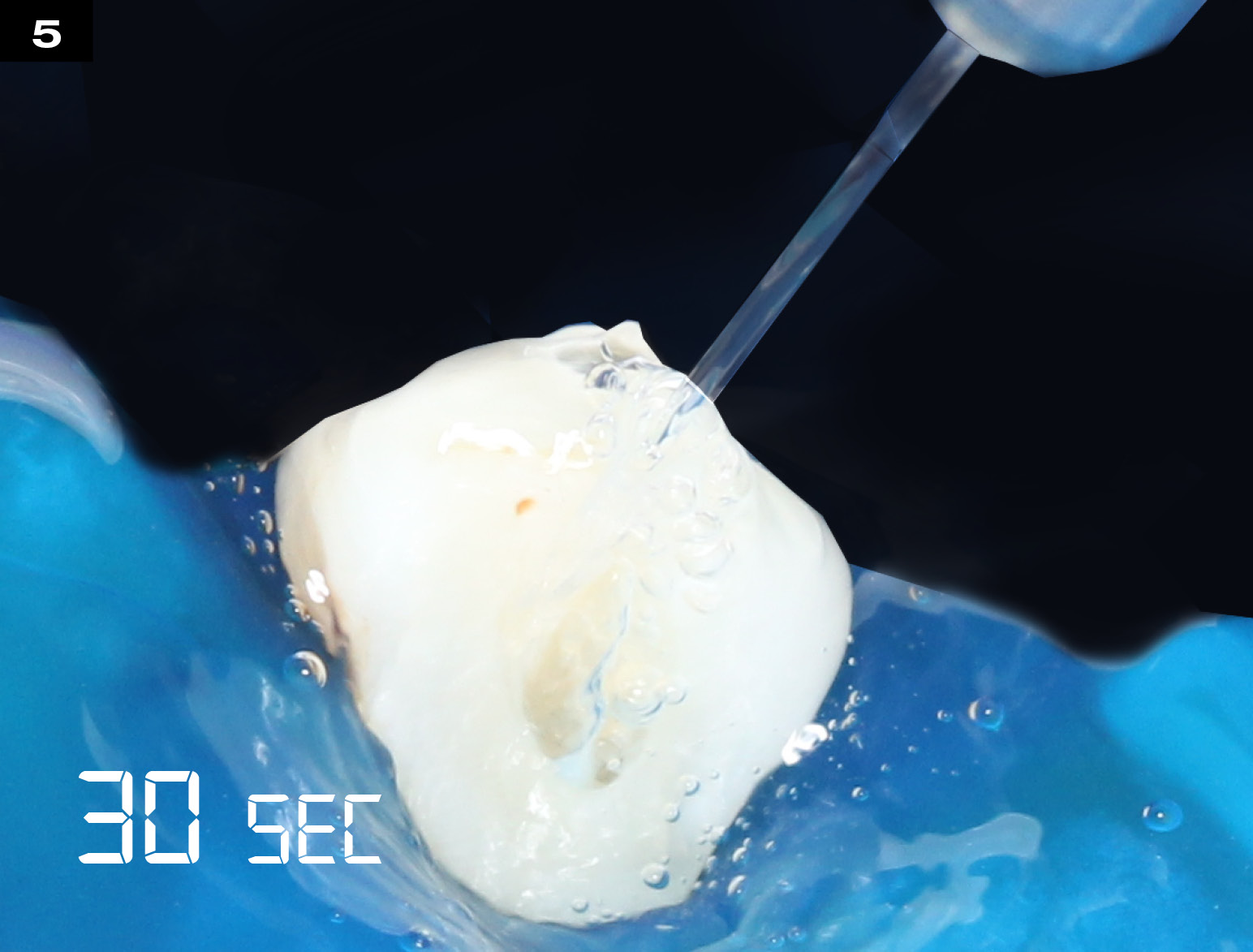
Rinsing thoroughly
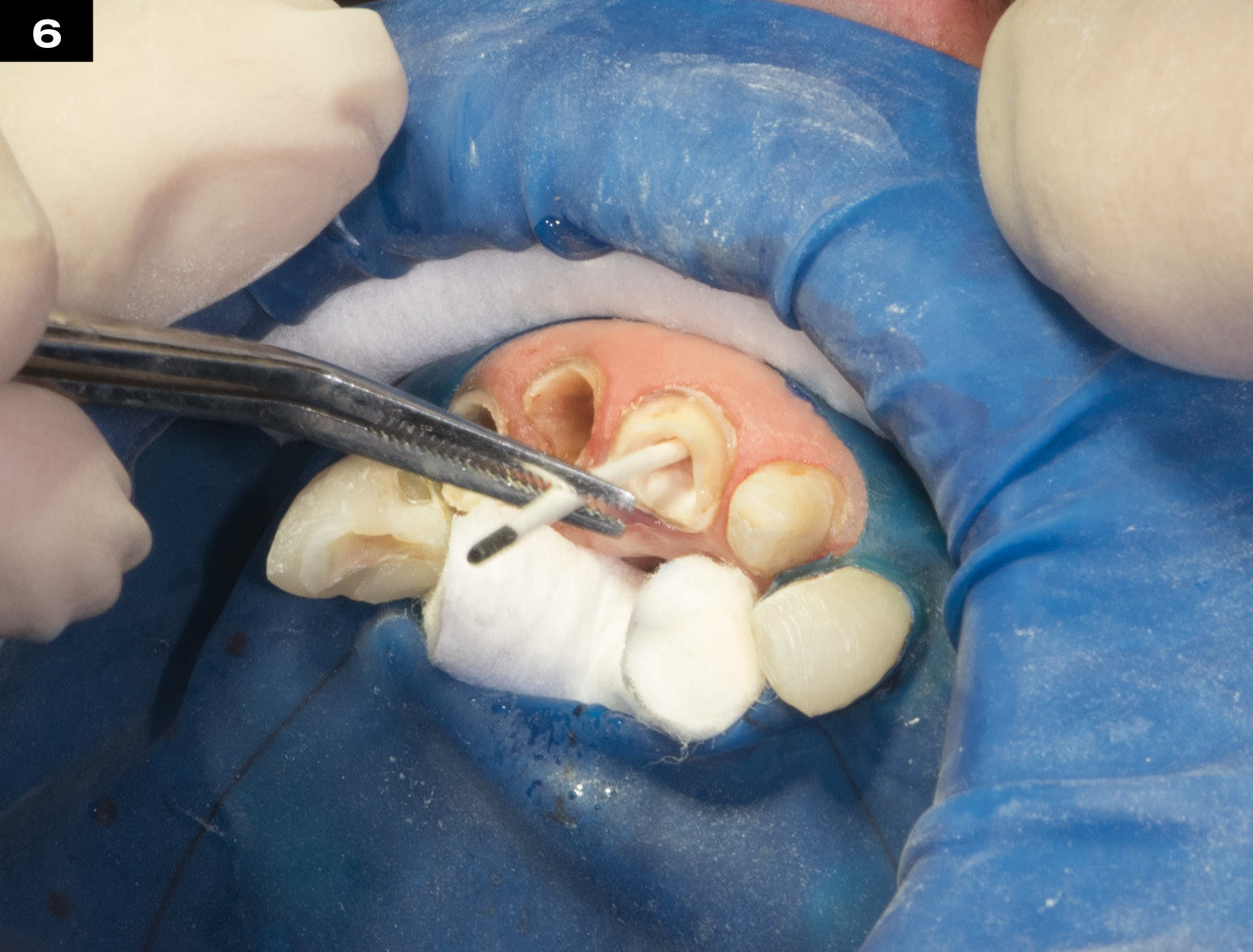
Drying with paper points
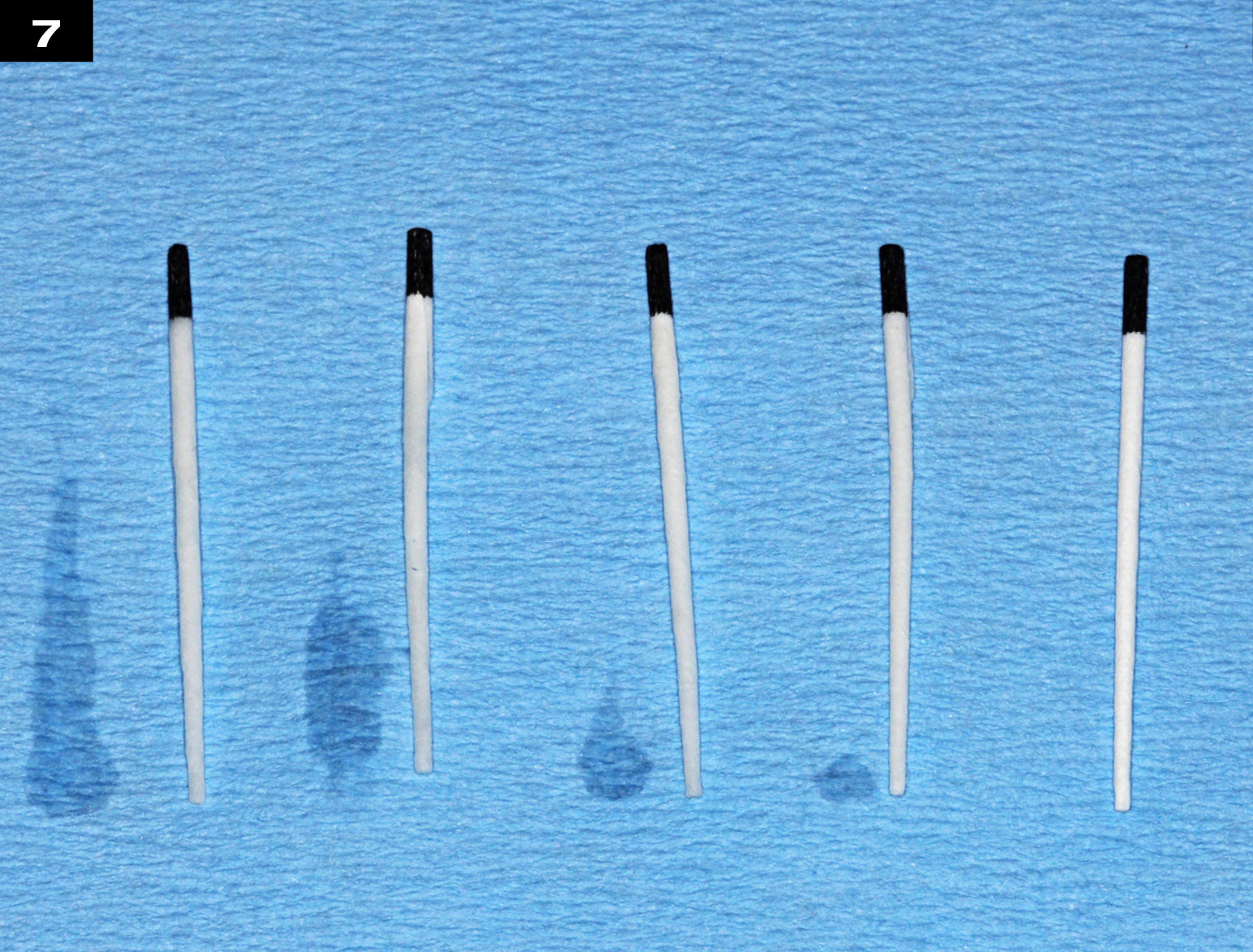
Changing paper points until absolute dryness
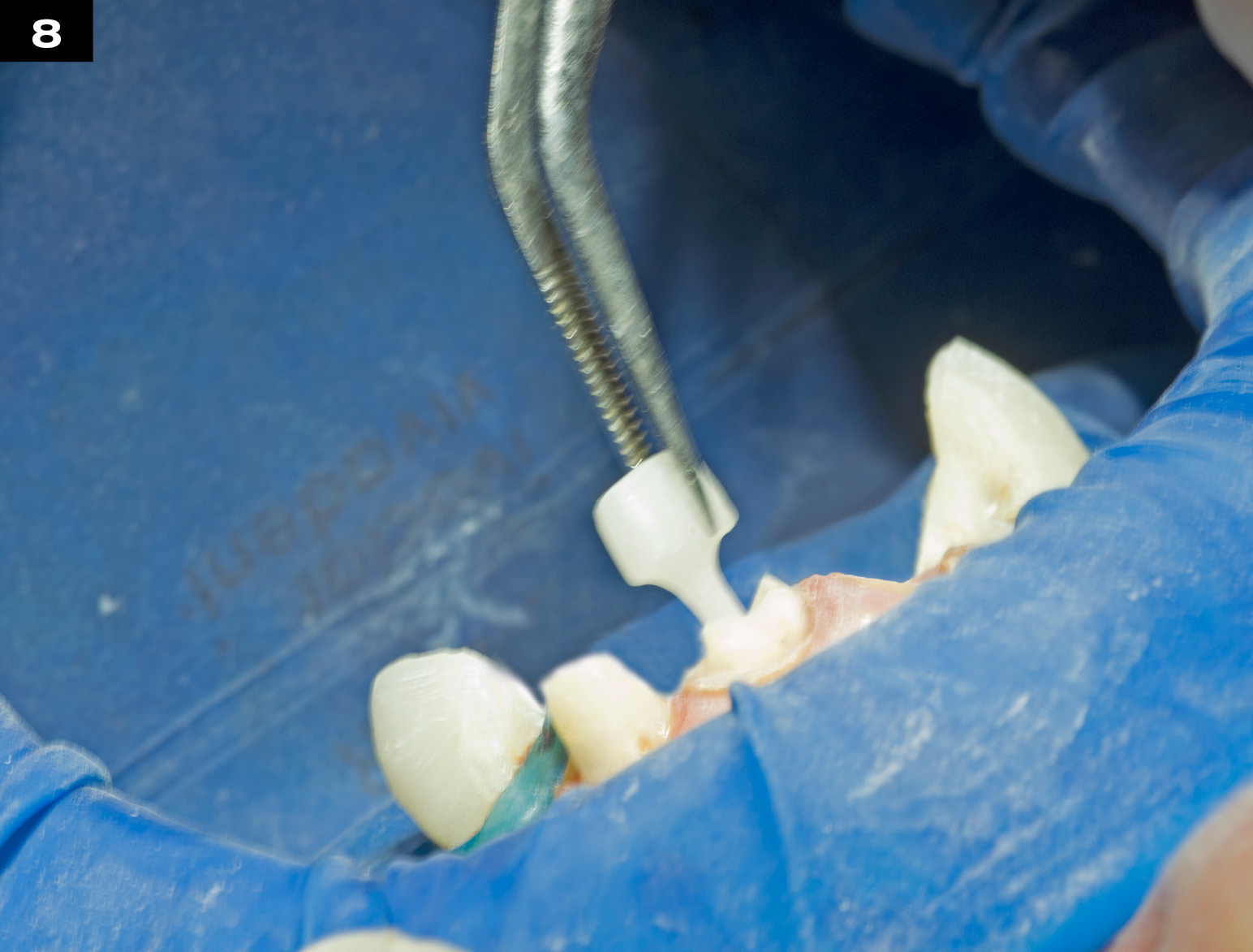
Try-in of the POST & CORE
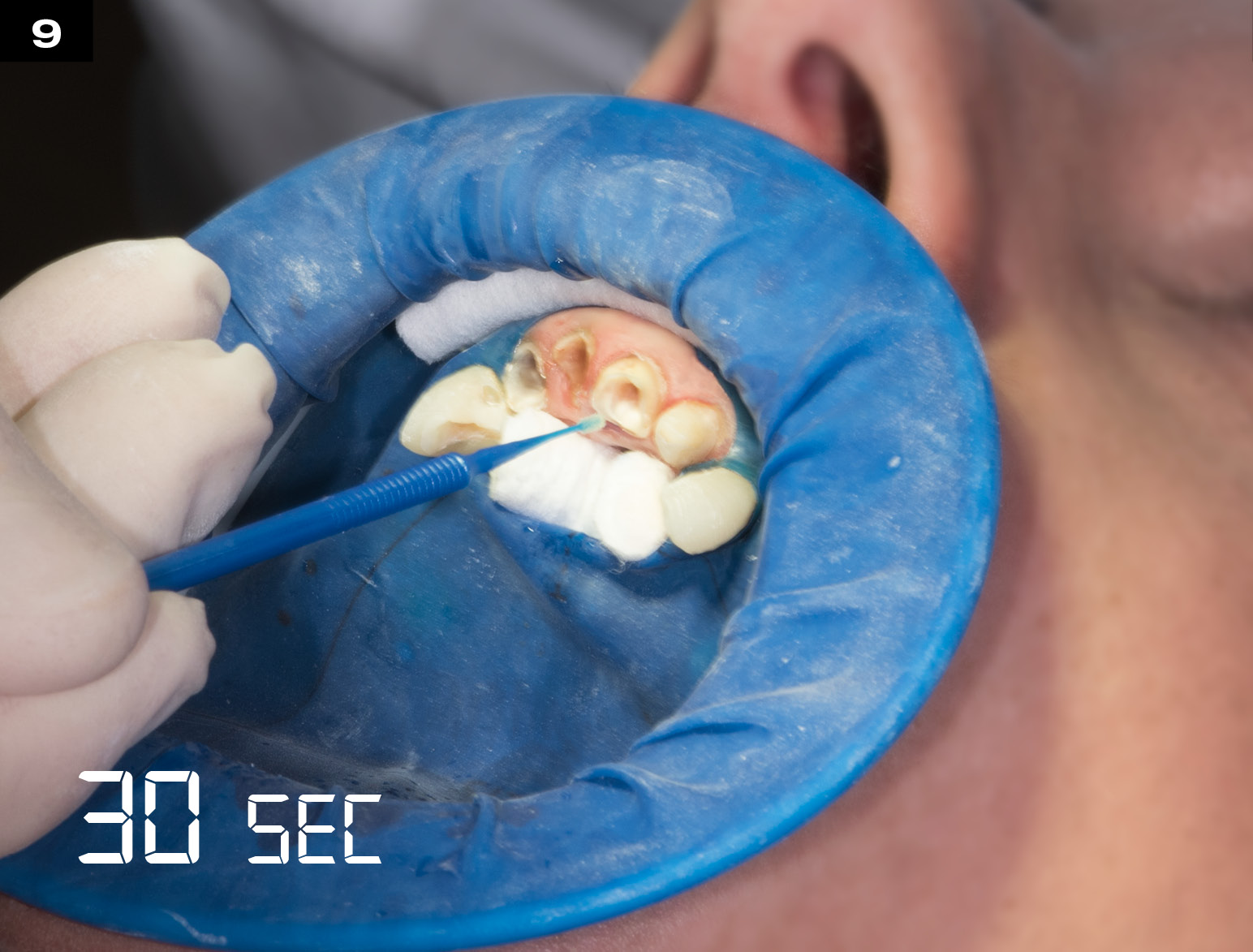
Application of dentin adhesive for 30 seconds
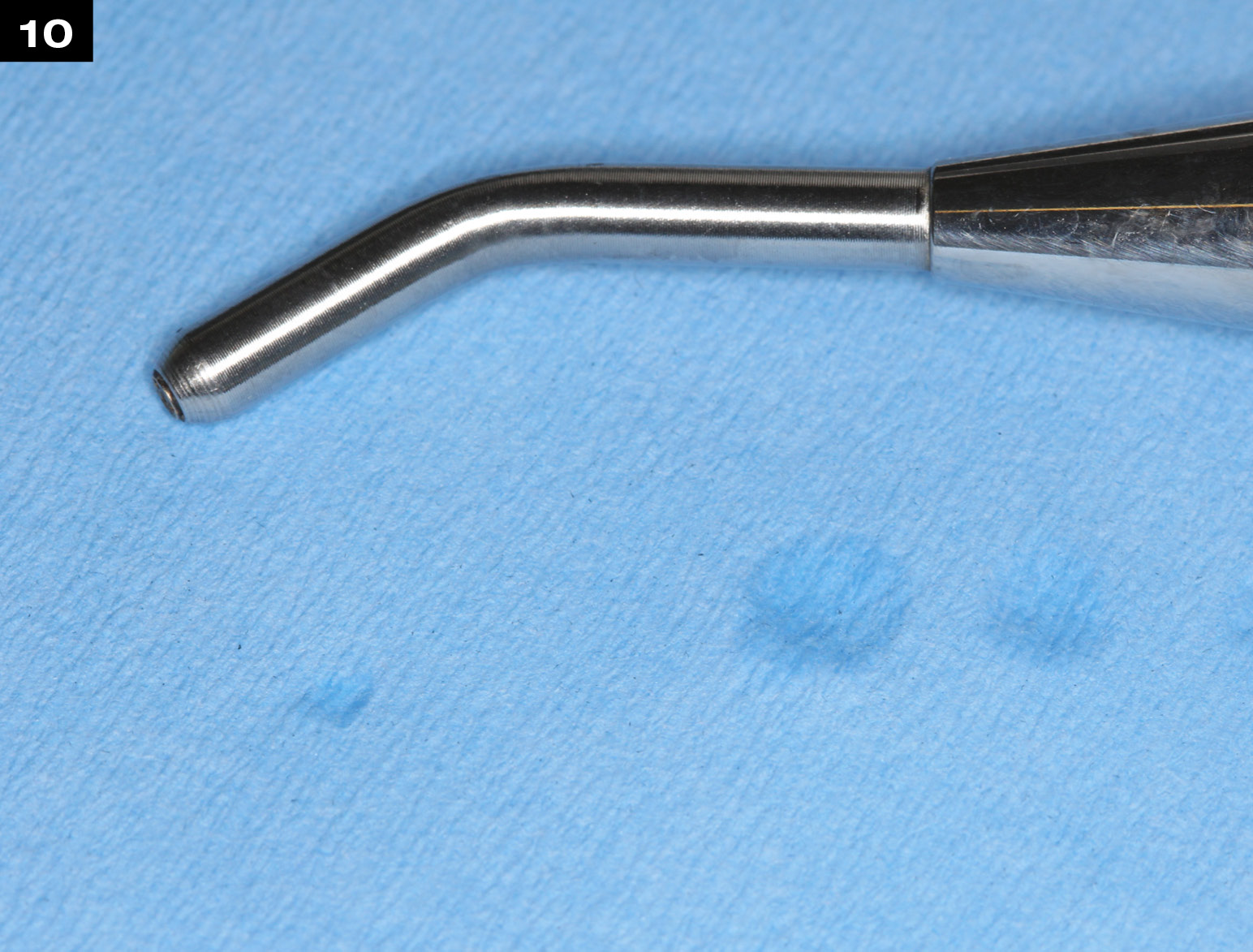
Drying: beware of contamination
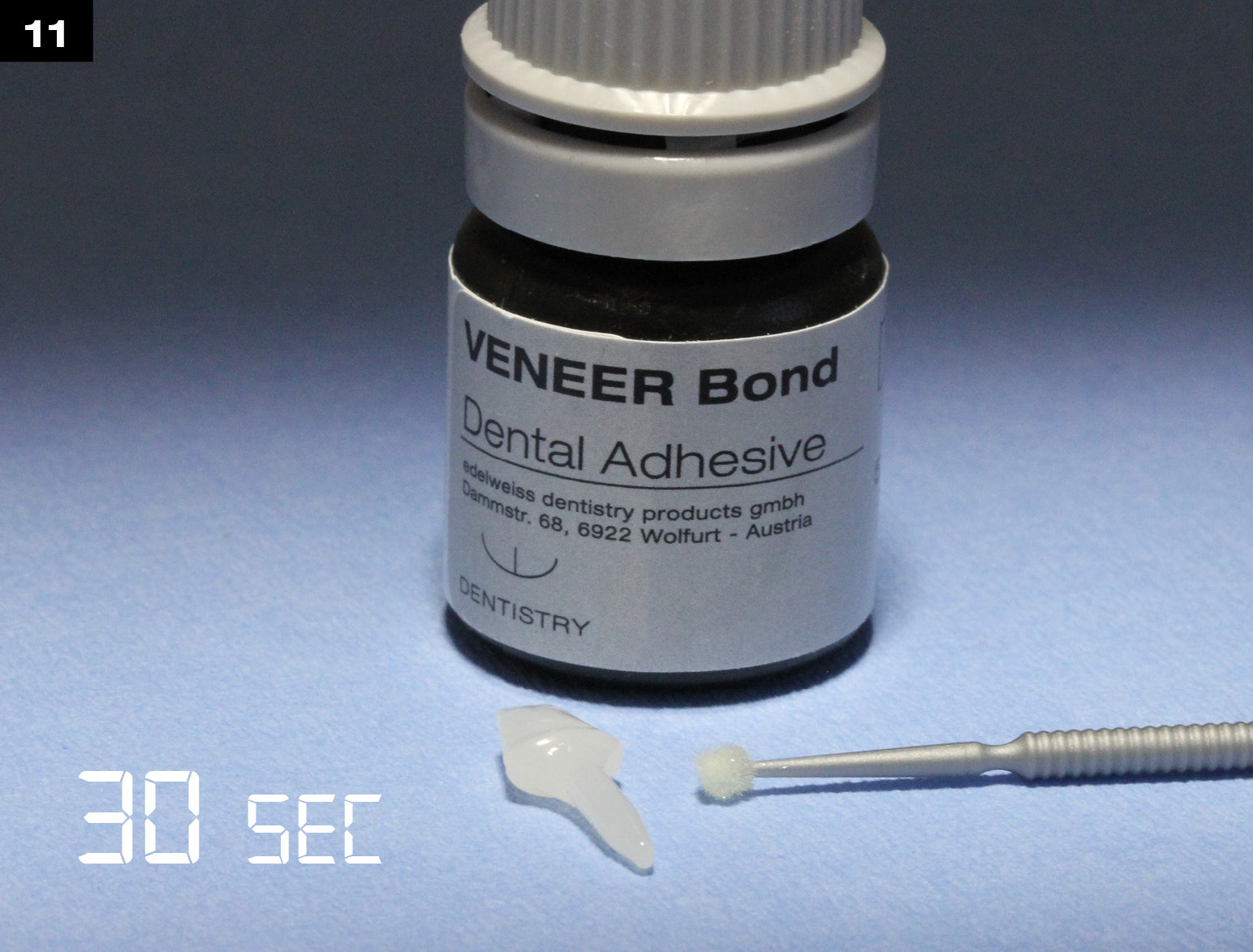
Bonding POST & CORE with edelweiss VENEER Bond for 30 seconds
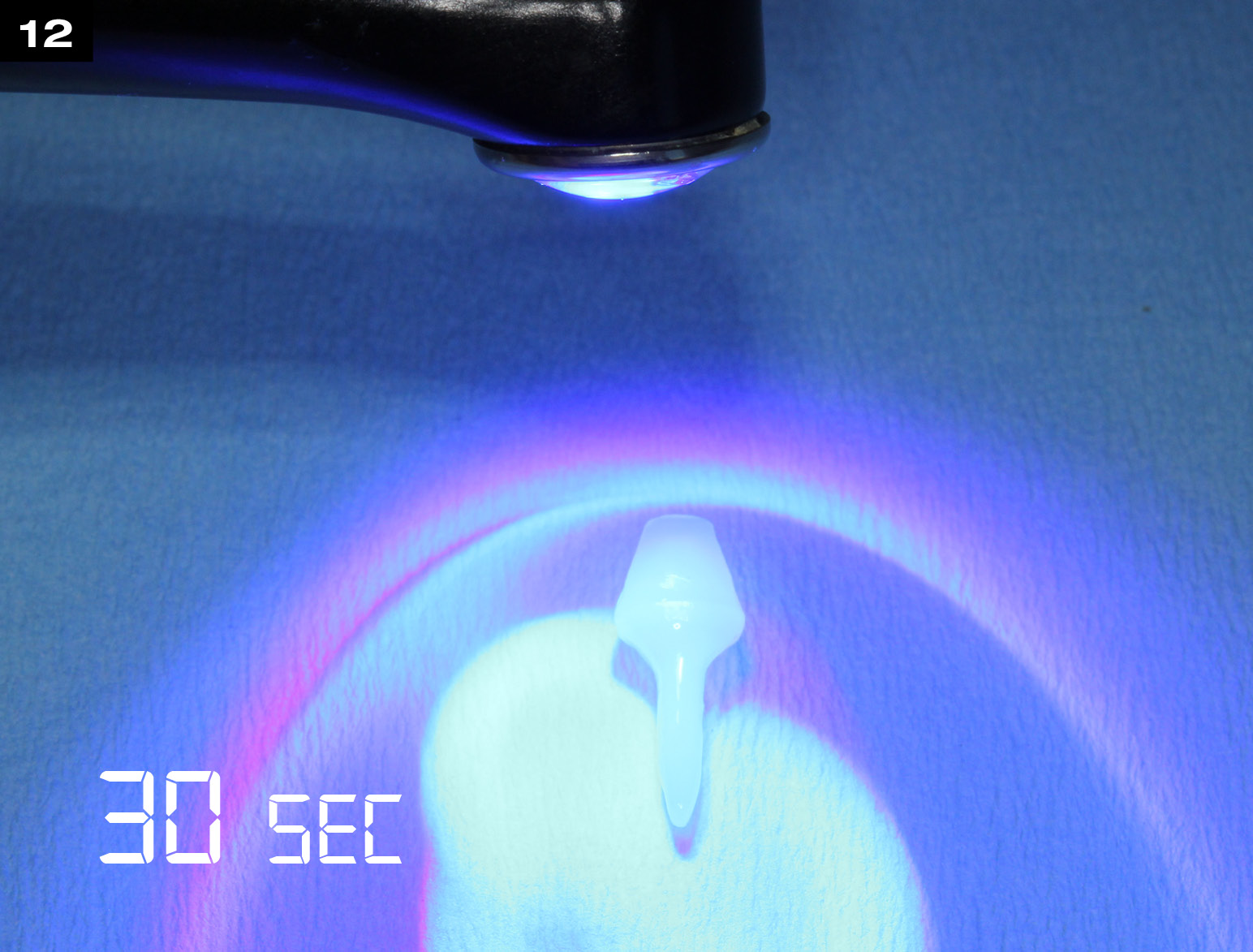
Curing with polymerization lamp for 30 seconds
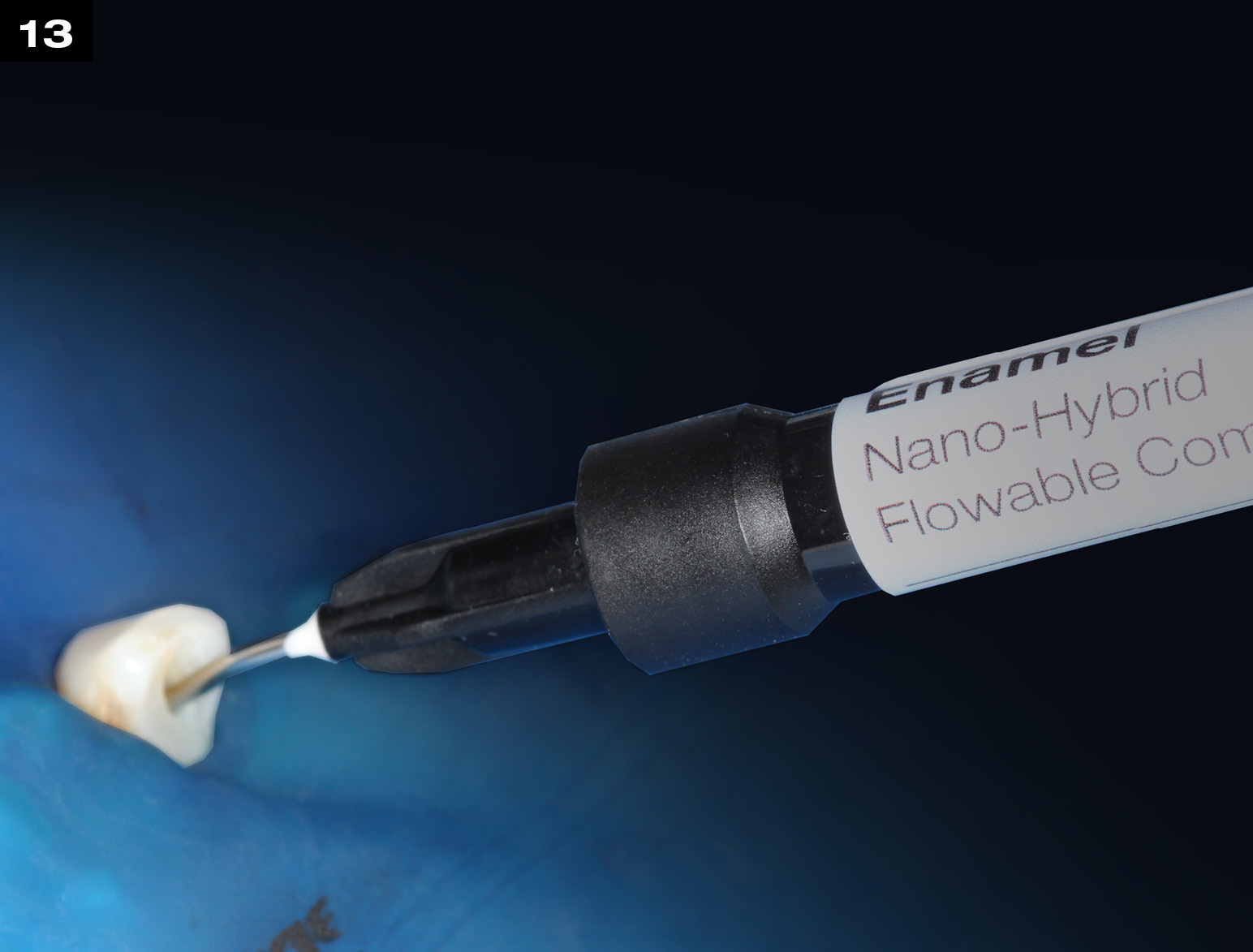
edelweiss Enamel Nano-Hybrid Flowable Composite applied into the post space
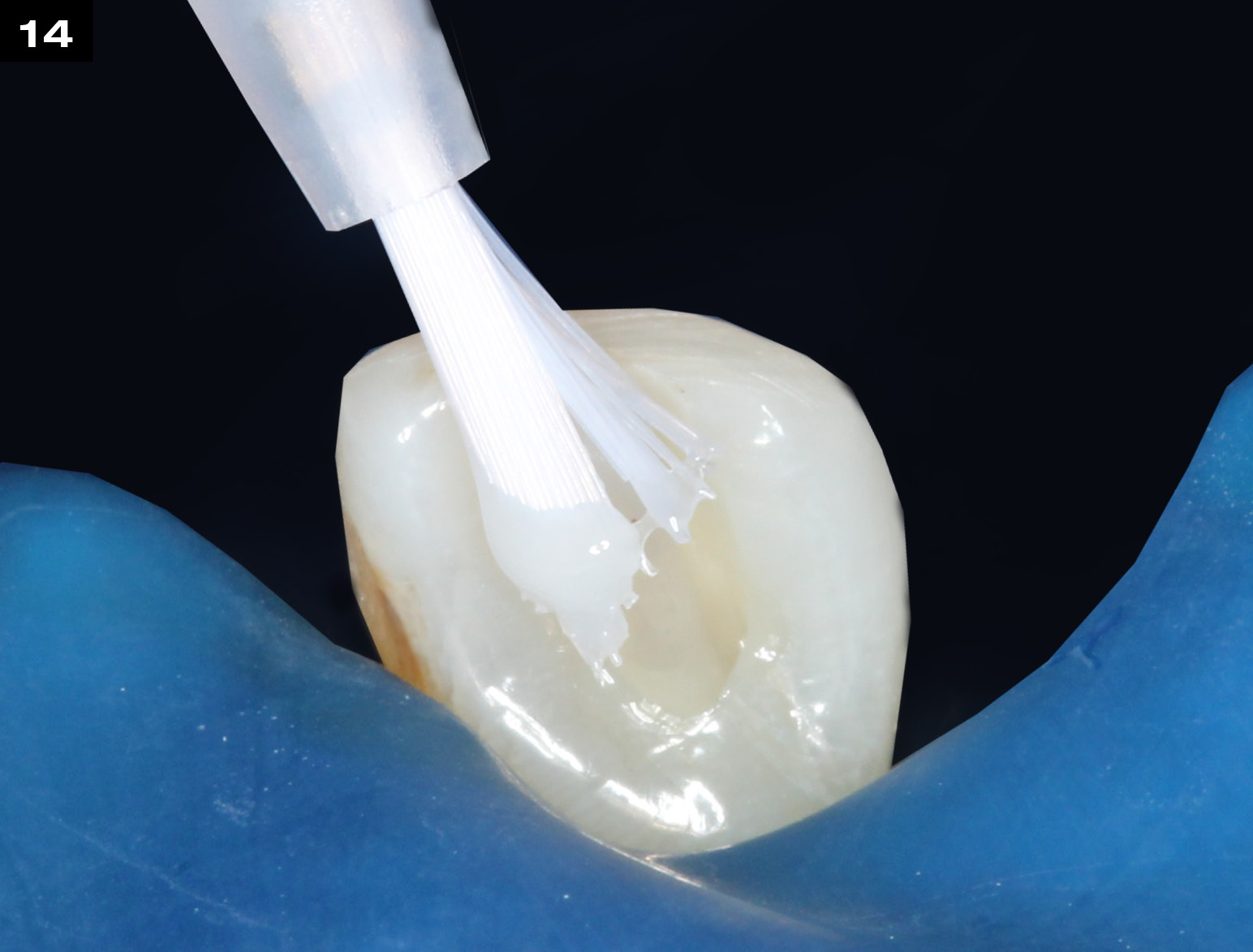
Placing of the POST & CORE in the post space and remove excess
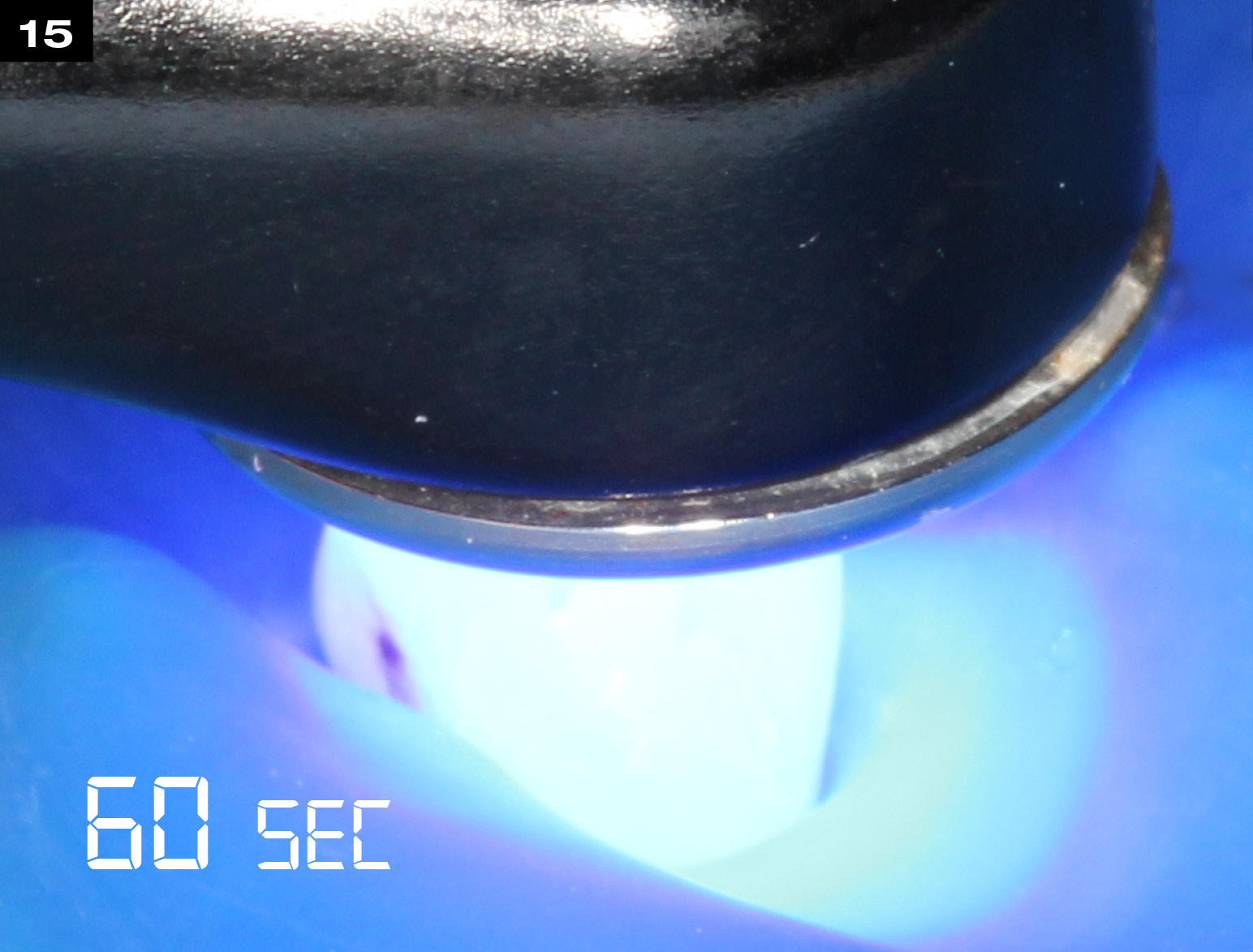
Curing with polymerization lamp for 60 seconds
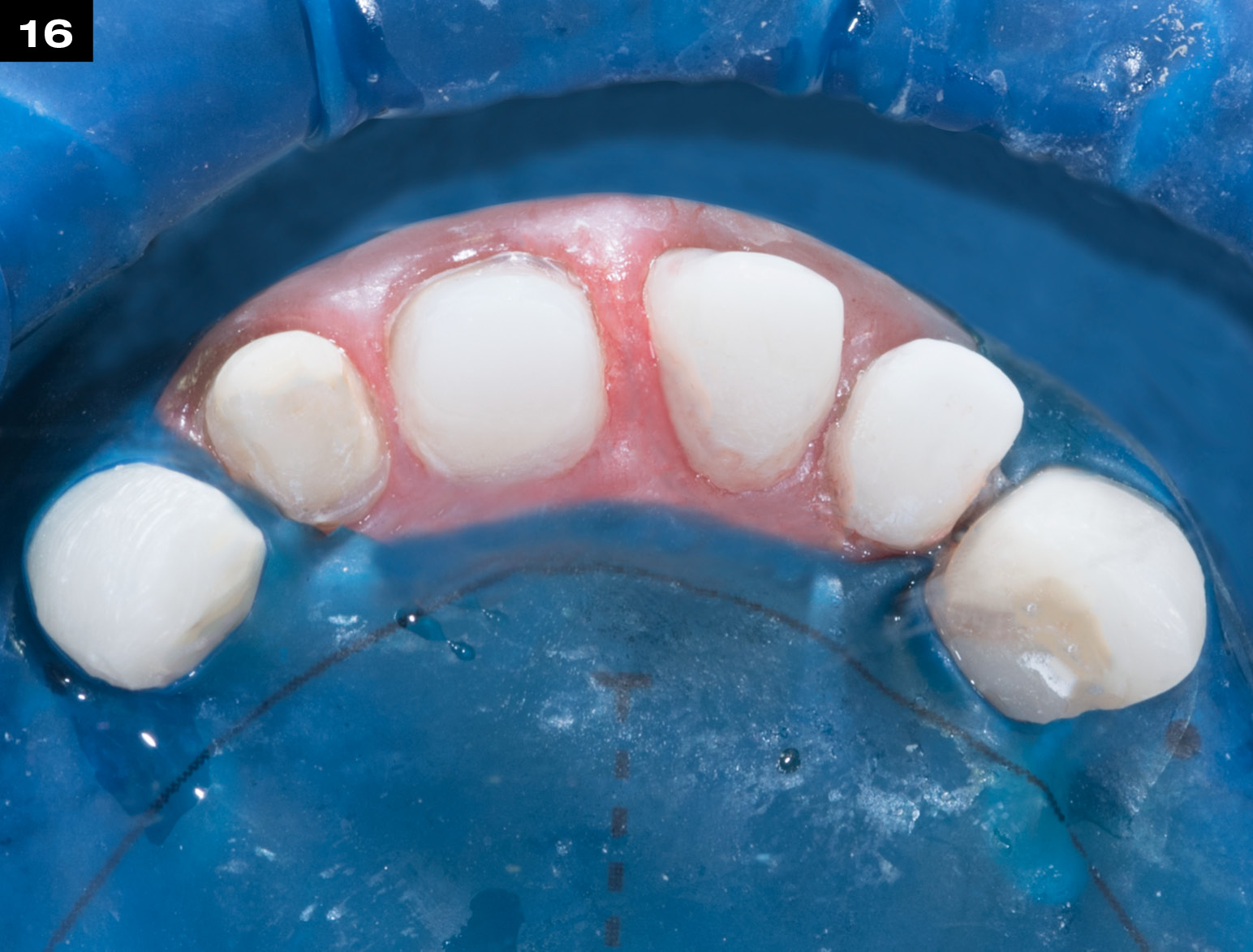
POST & CORE build-up ready for following treatment
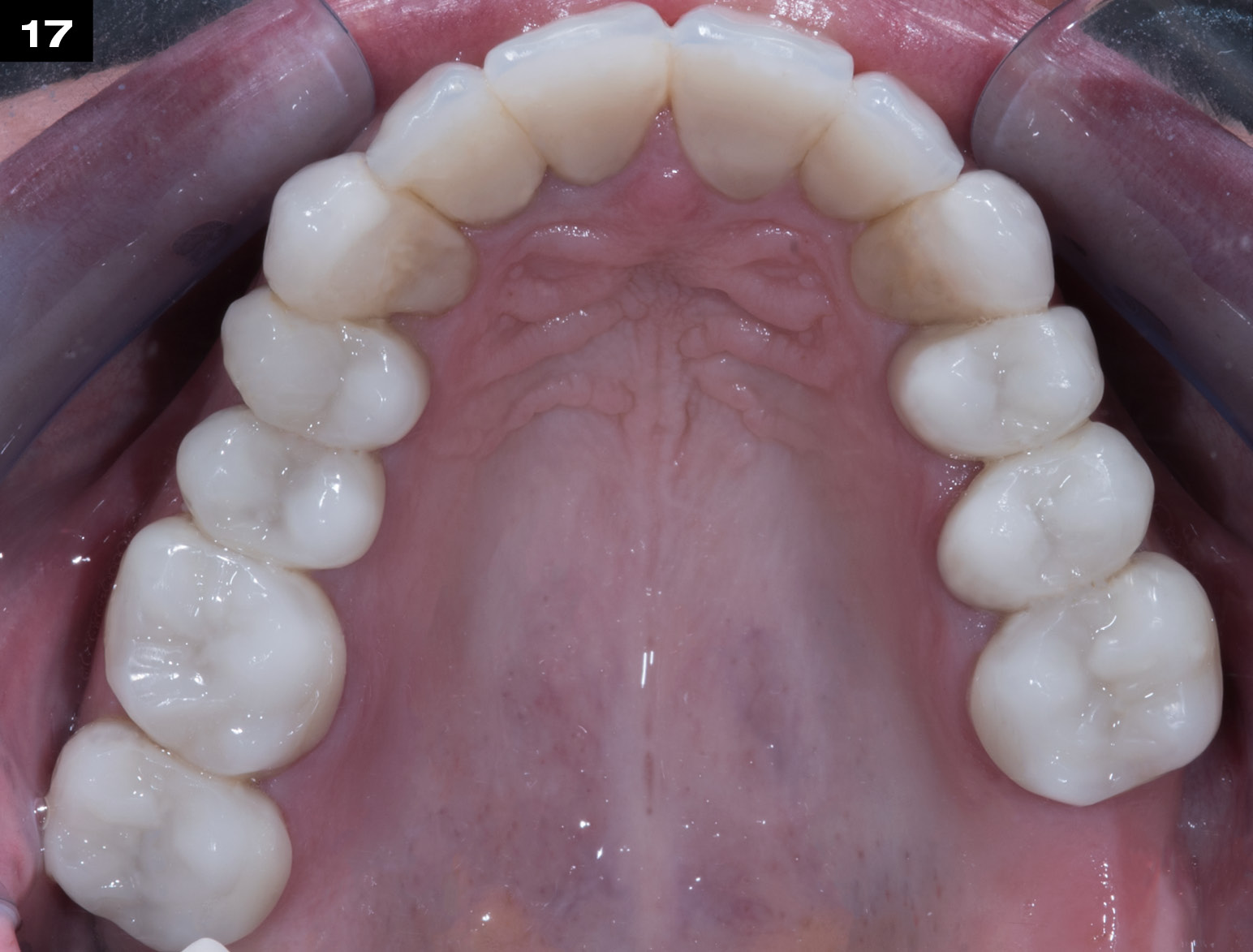
Treatment with edelweiss VENEERs and OCCLUSIONVD
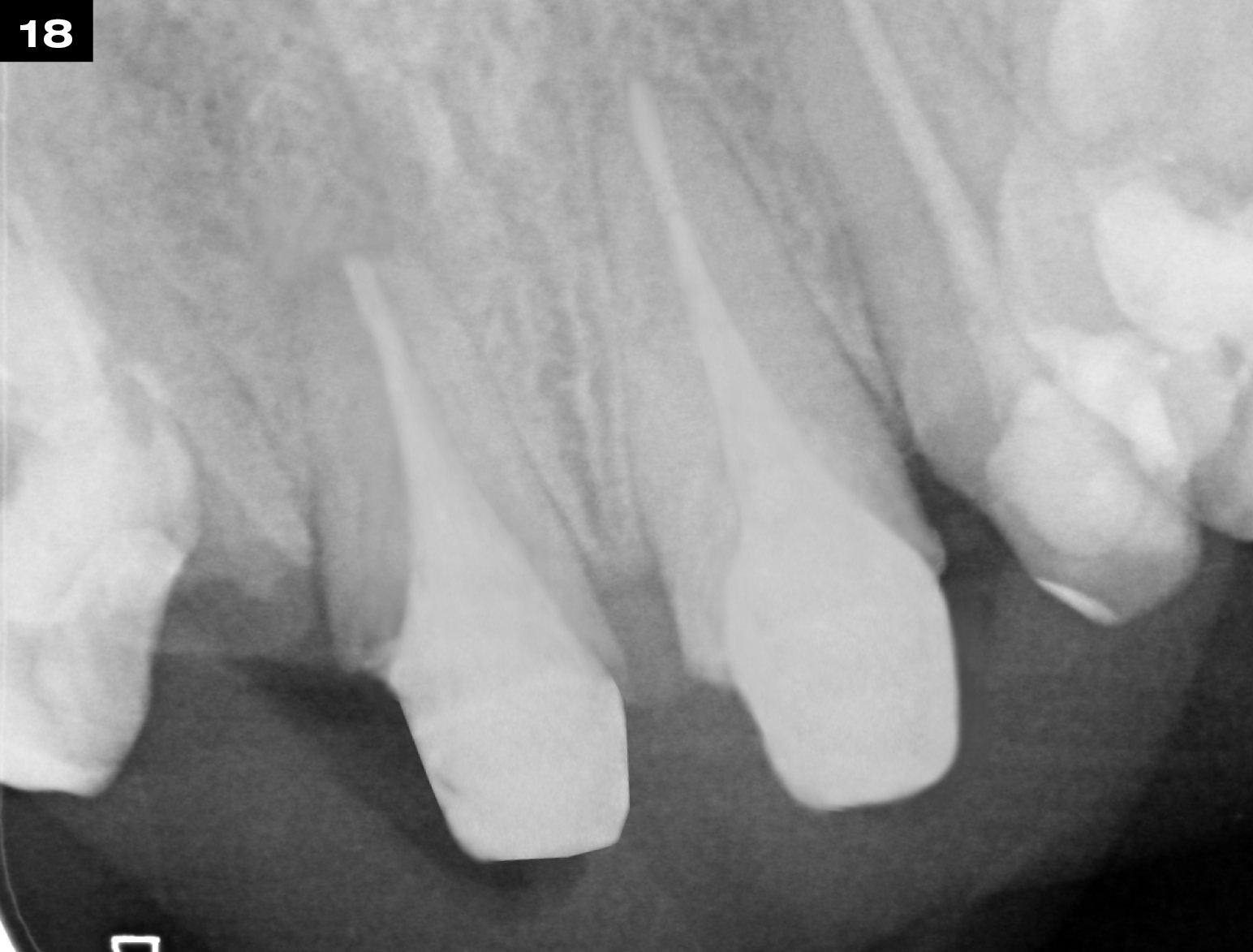
Post-operative X-ray: POST & CORE
STEP BY STEP
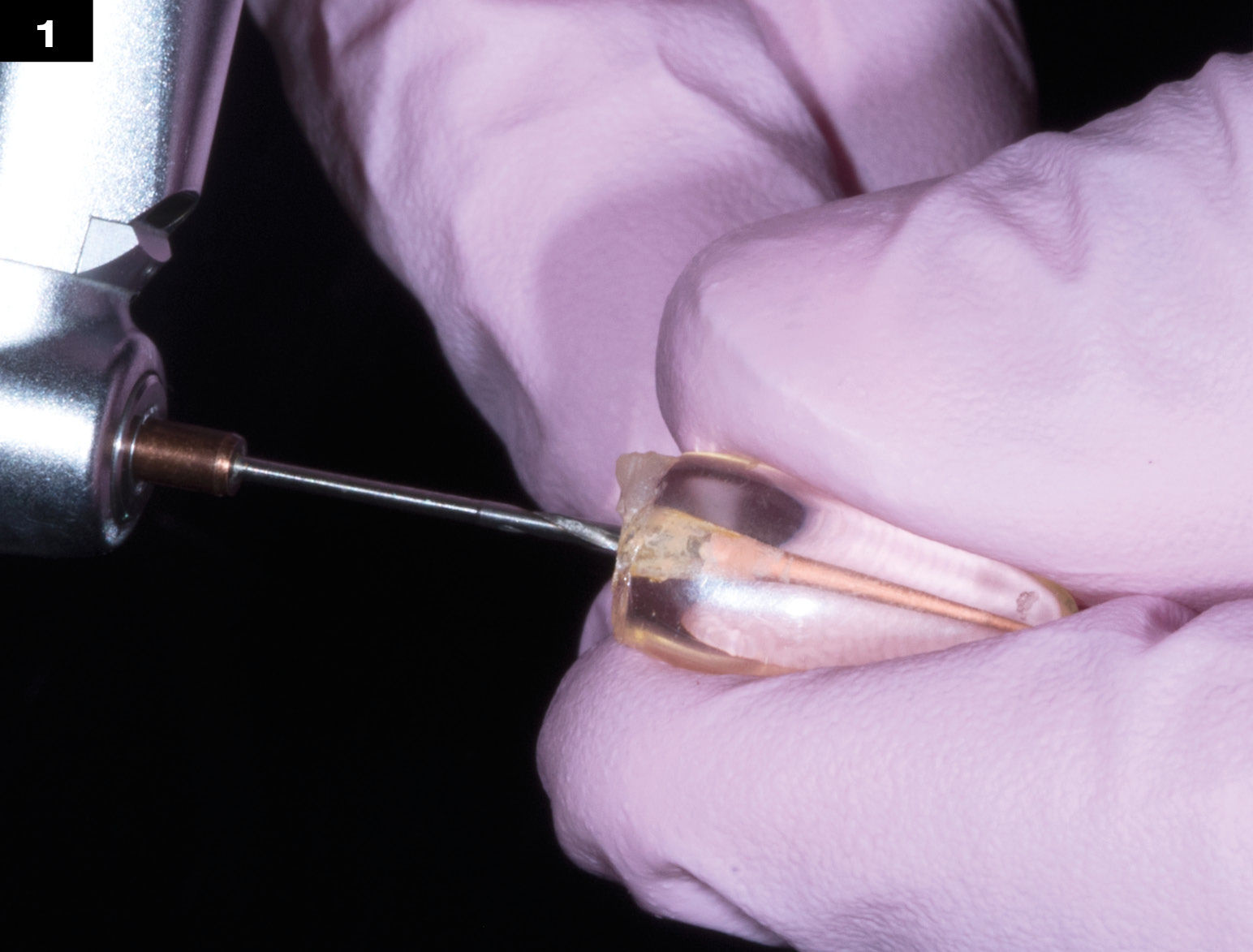
Start with precision dental drill
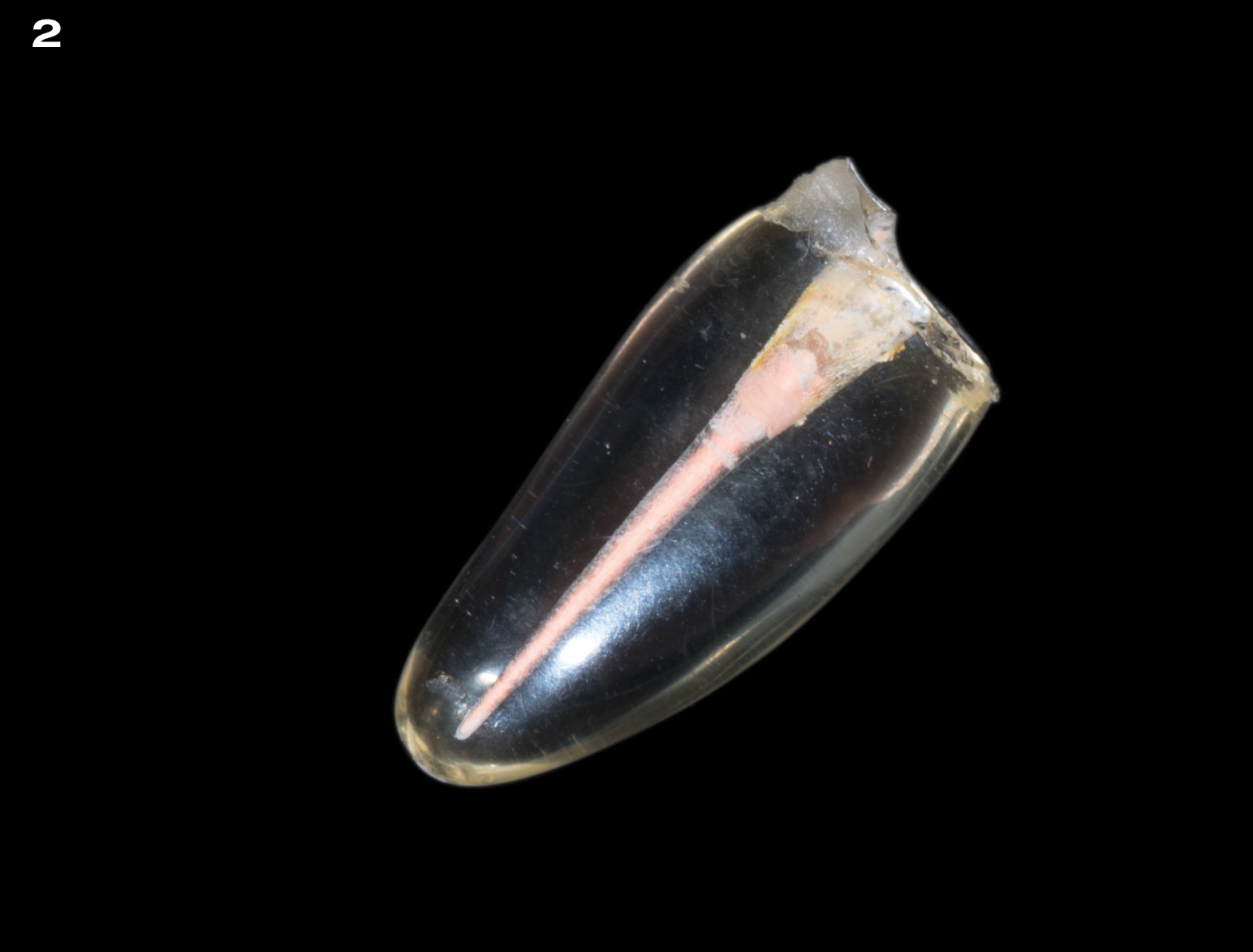
Prepared post space
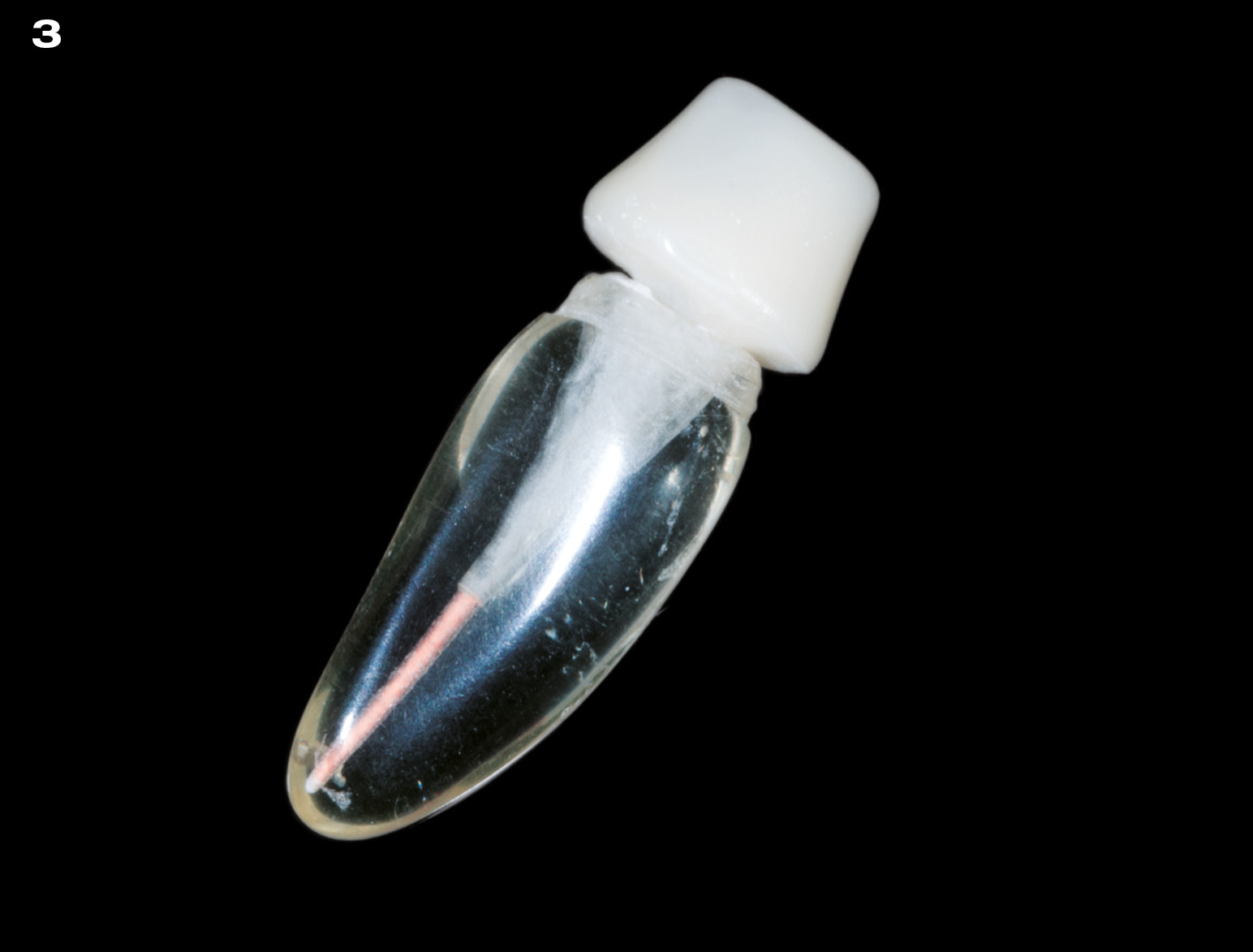
Try in POST & CORE
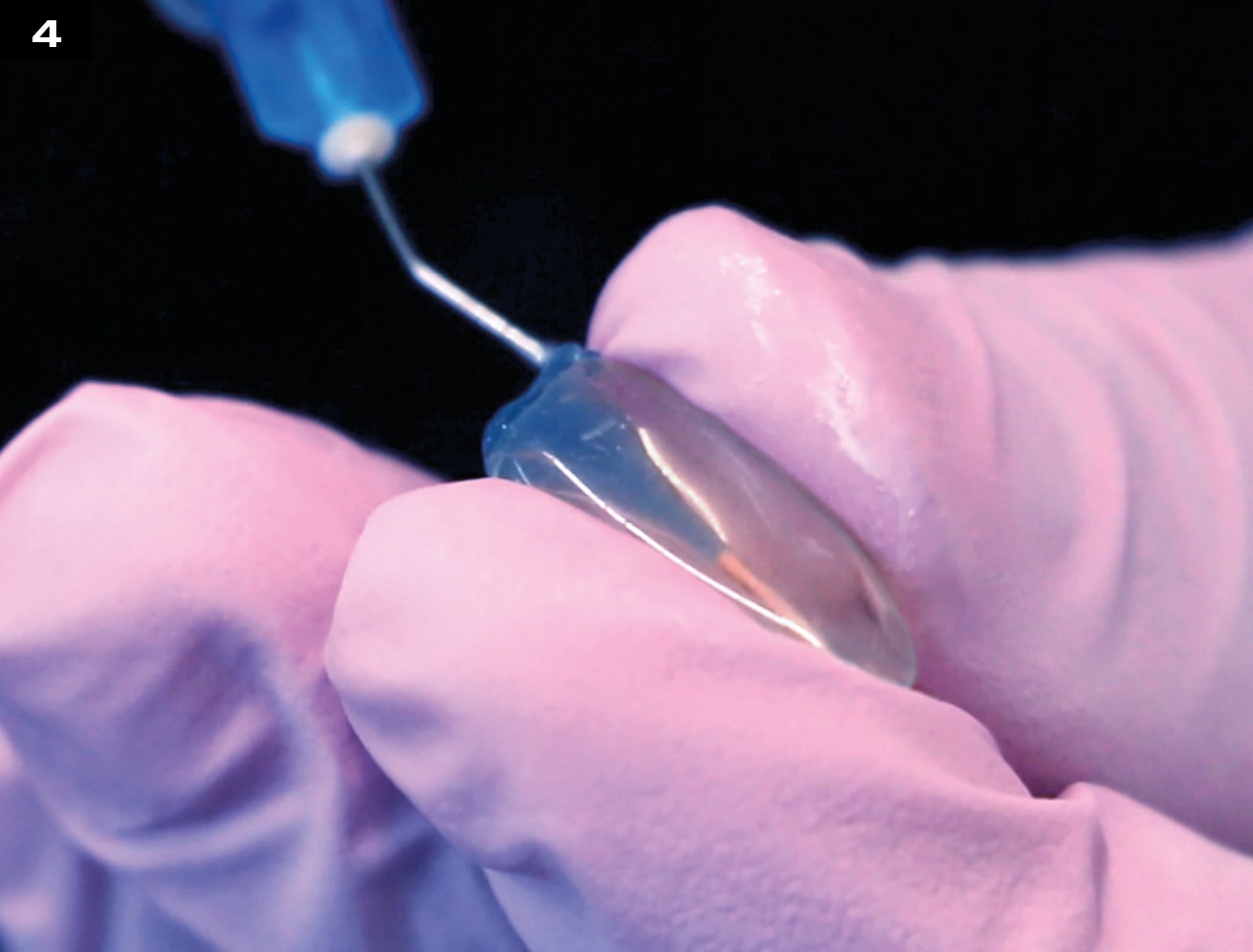
Etching for 20 sec.
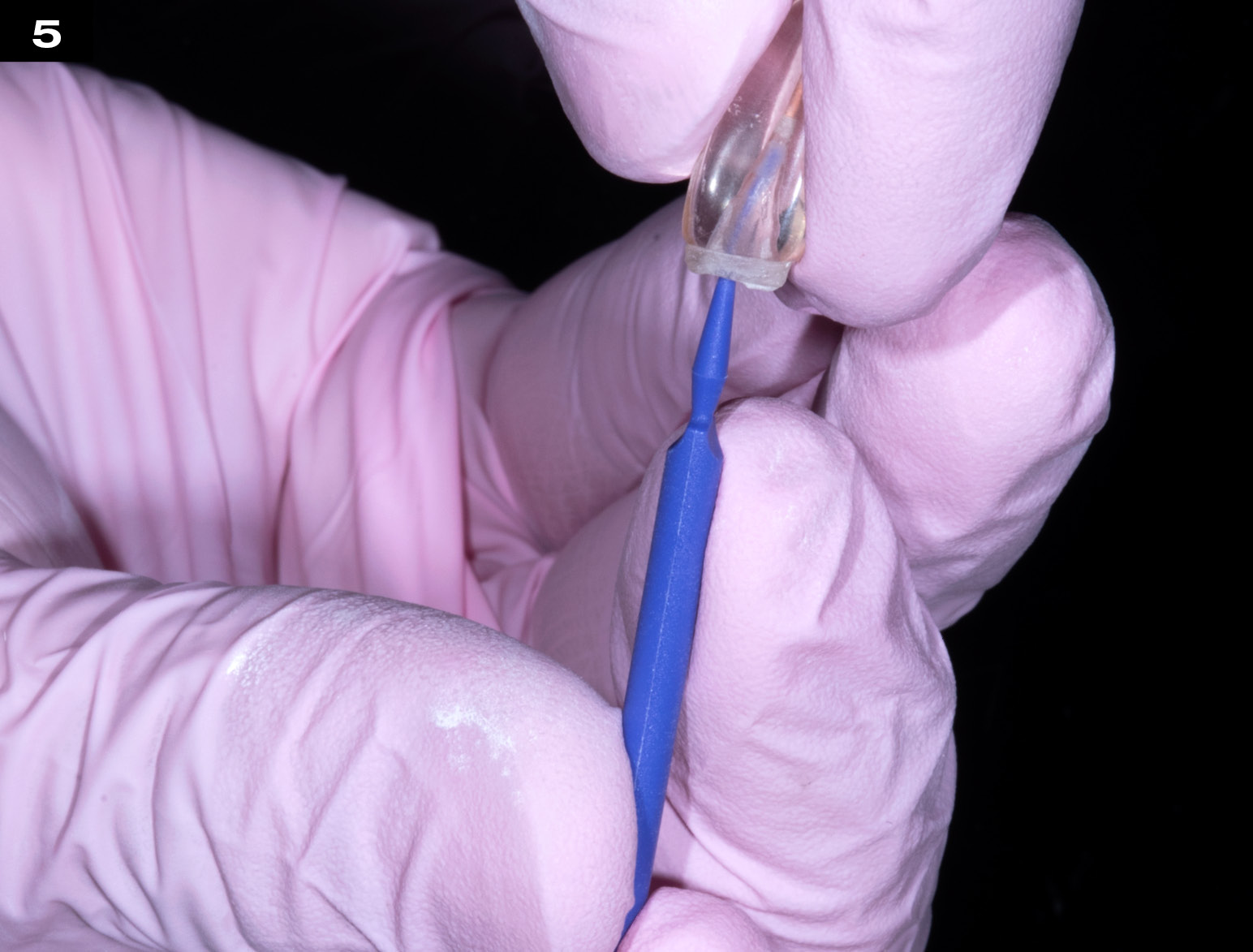
Post space bonding for 20 sec.
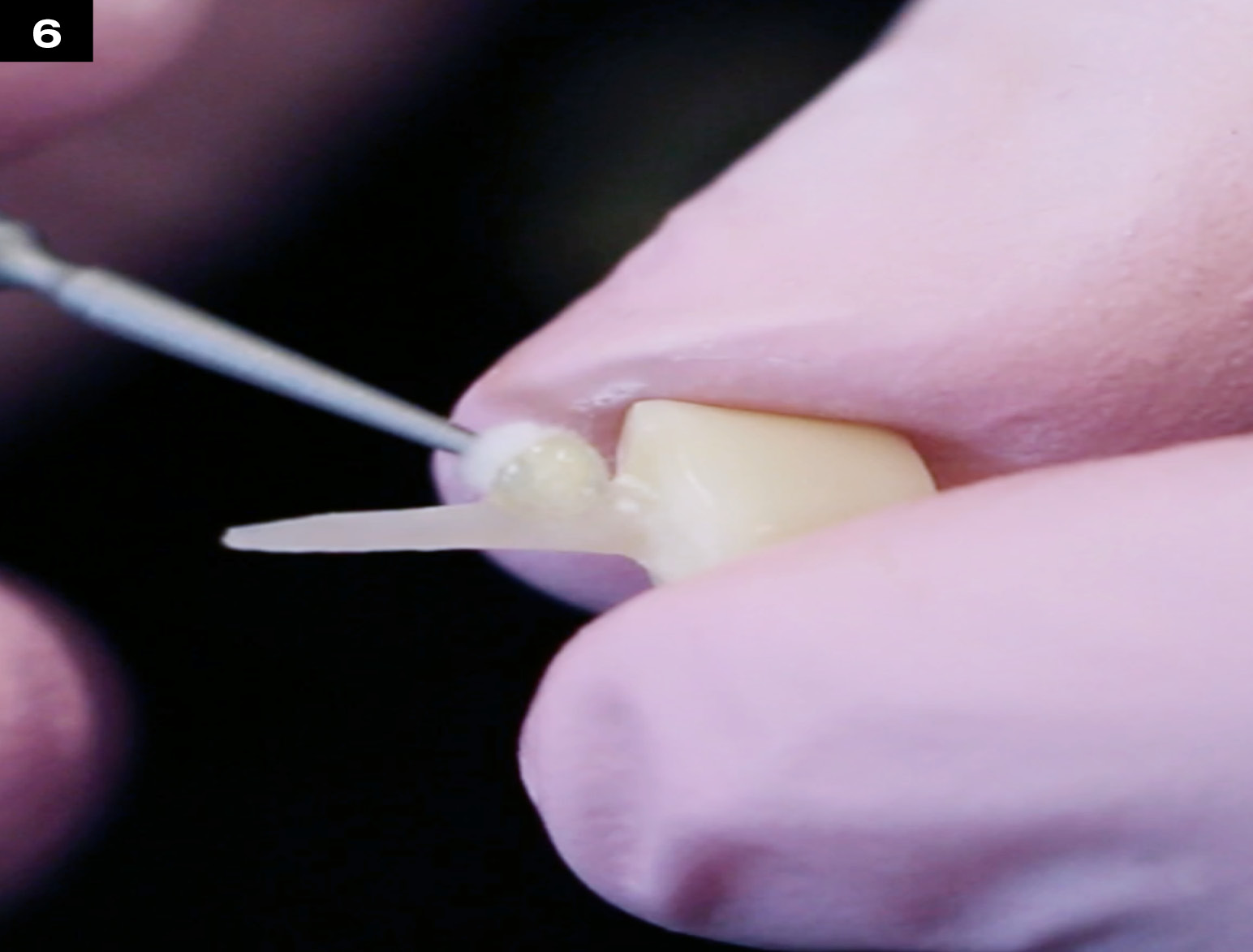
Post & Core with direct VENEER bonding for 30 sec.
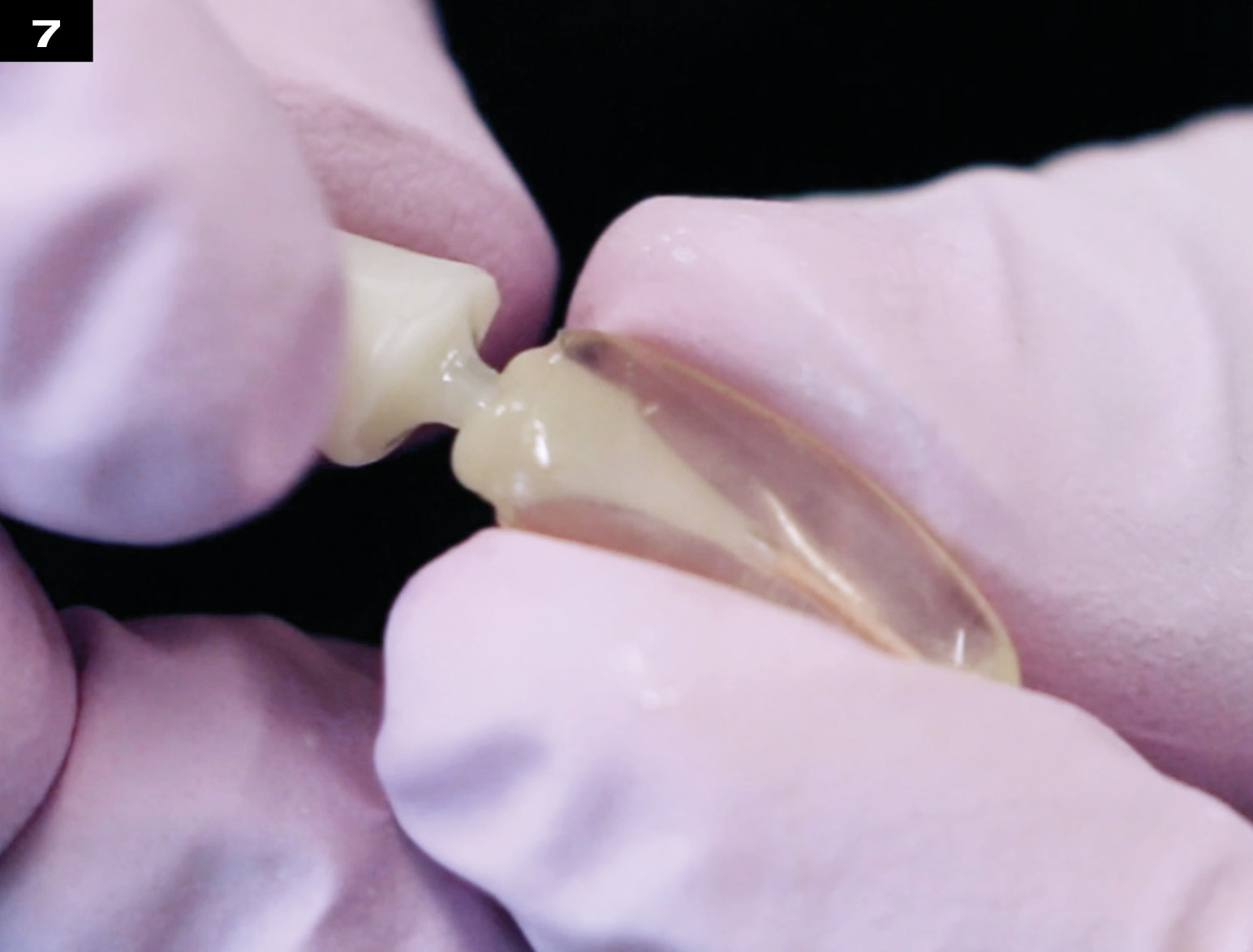
Post & Core cementation using dual cure composite material, adhesive resin cements or Enamel Flowable Nano Hybrid Composite
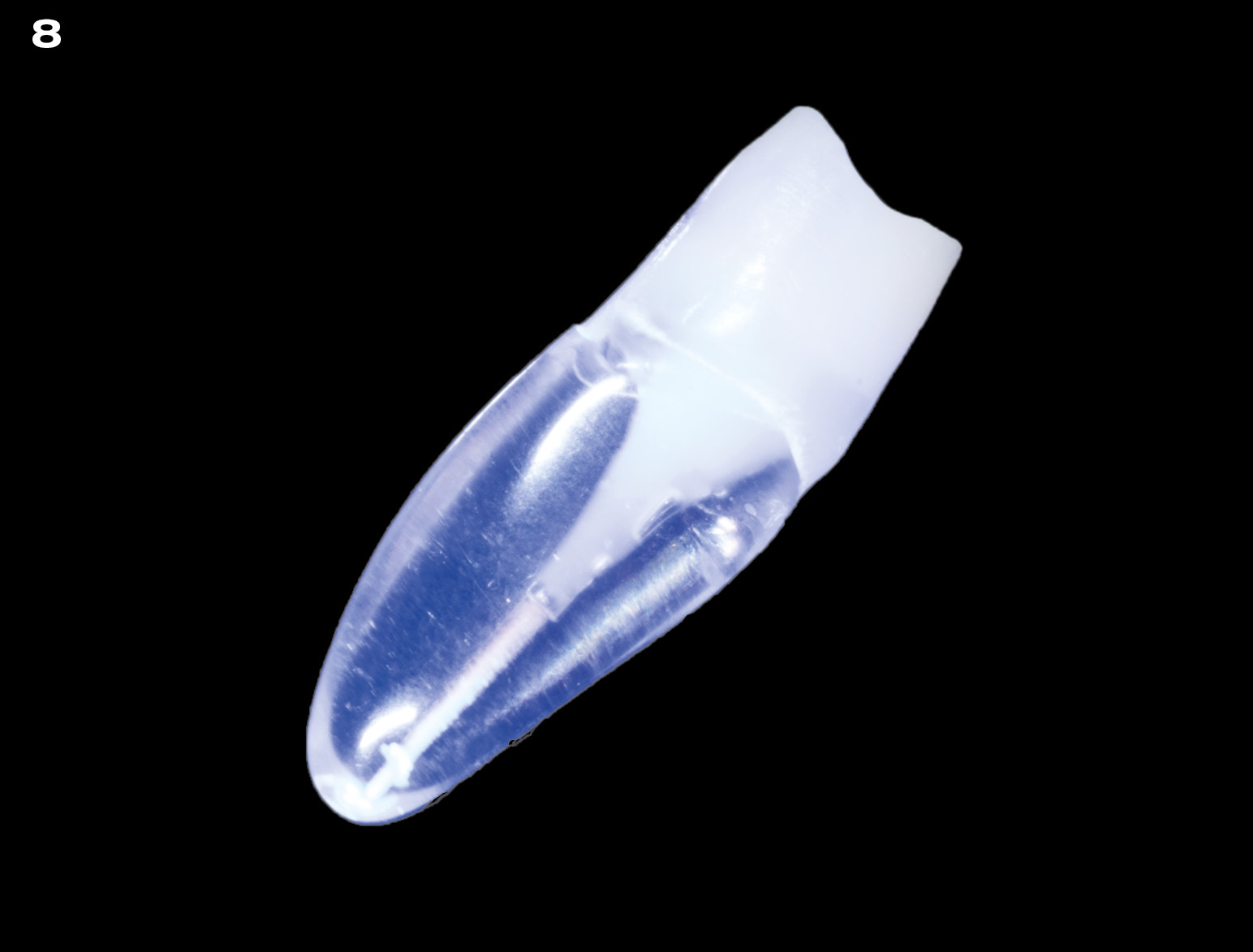
Polymerisation for 60 sec.
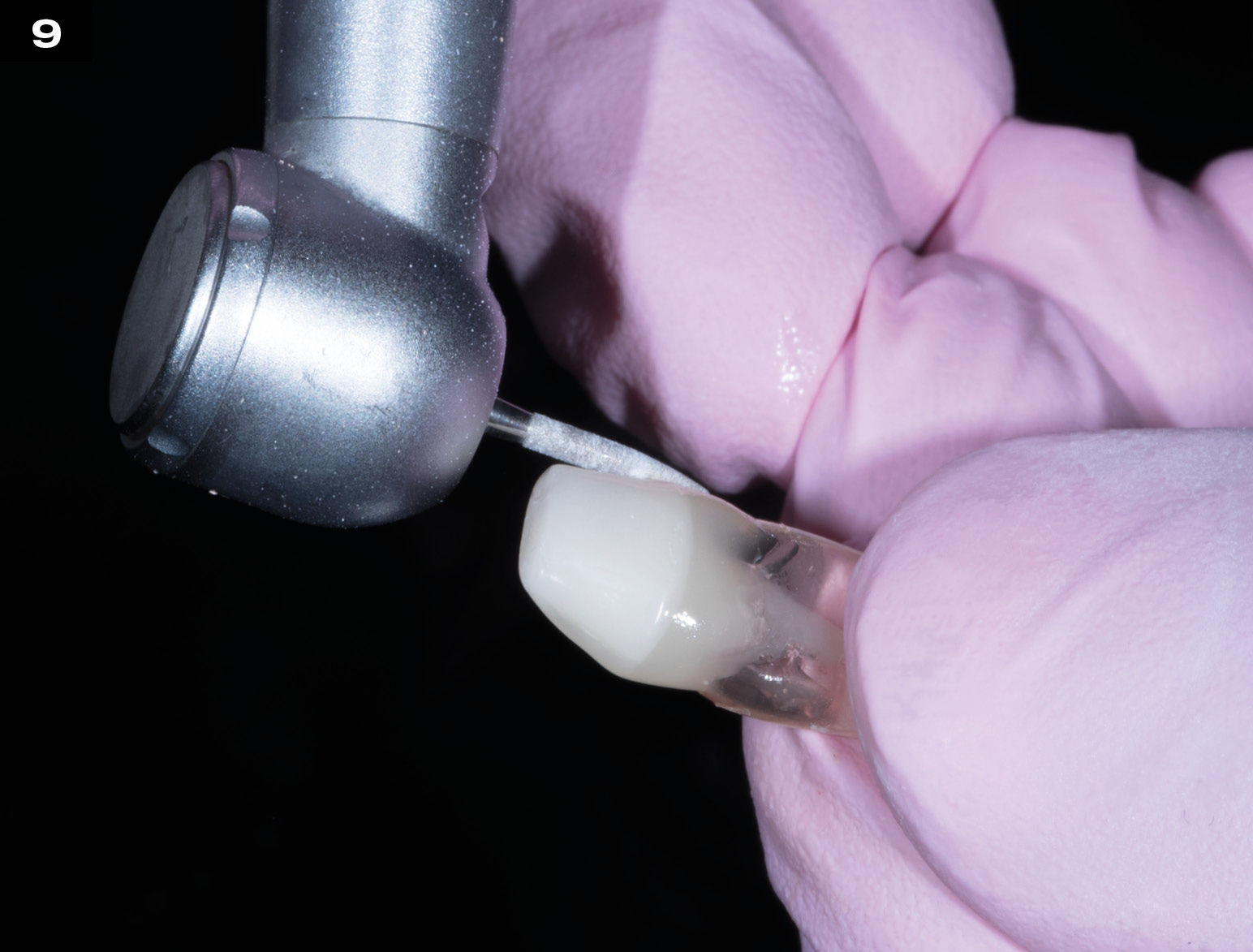
Prepare the tooth as required
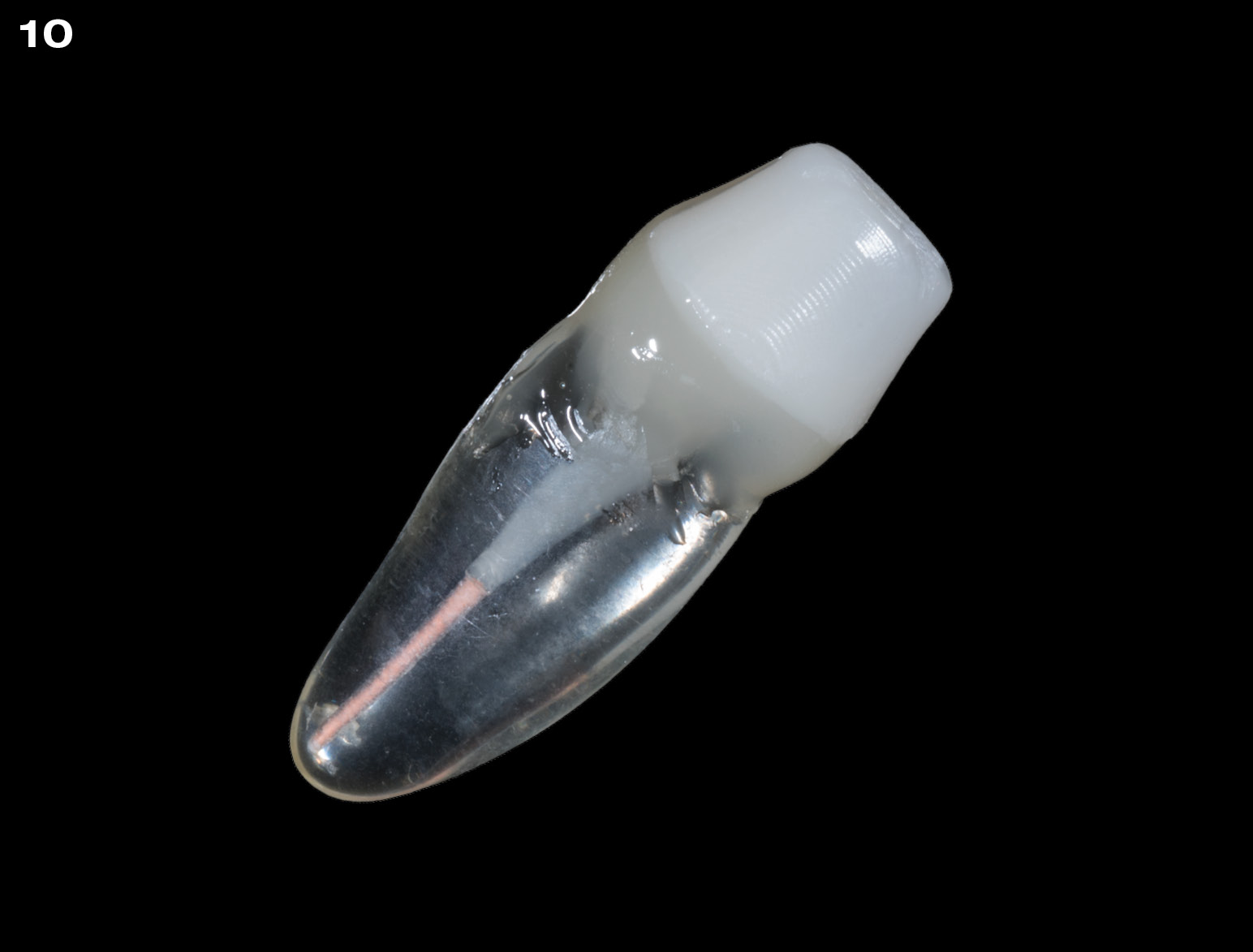
Post & Core monobloc restoration
TECHNICAL DATA
| N.-H. COMPOSITE | N.-H. FLOWABLE COMPOSITE | POST & CORE | |
|---|---|---|---|
| Flexural Strength | 150 MPa | 120 MPa | 200 MPa |
| Compressive Strength | 480 MPa | 350 MPa | 550 MPa |
| Flexural Modulus | 12.5 (dentin) - 16 GPa (enamel) | 68 HV | 20 GPa |
| Surface Hardness | 80 HV | 68 HV | 95 HV |
| Polymerization Shrinkage | 2,50 % | N.A. | — |
(Source: internal data from edelweiss dentistry)

